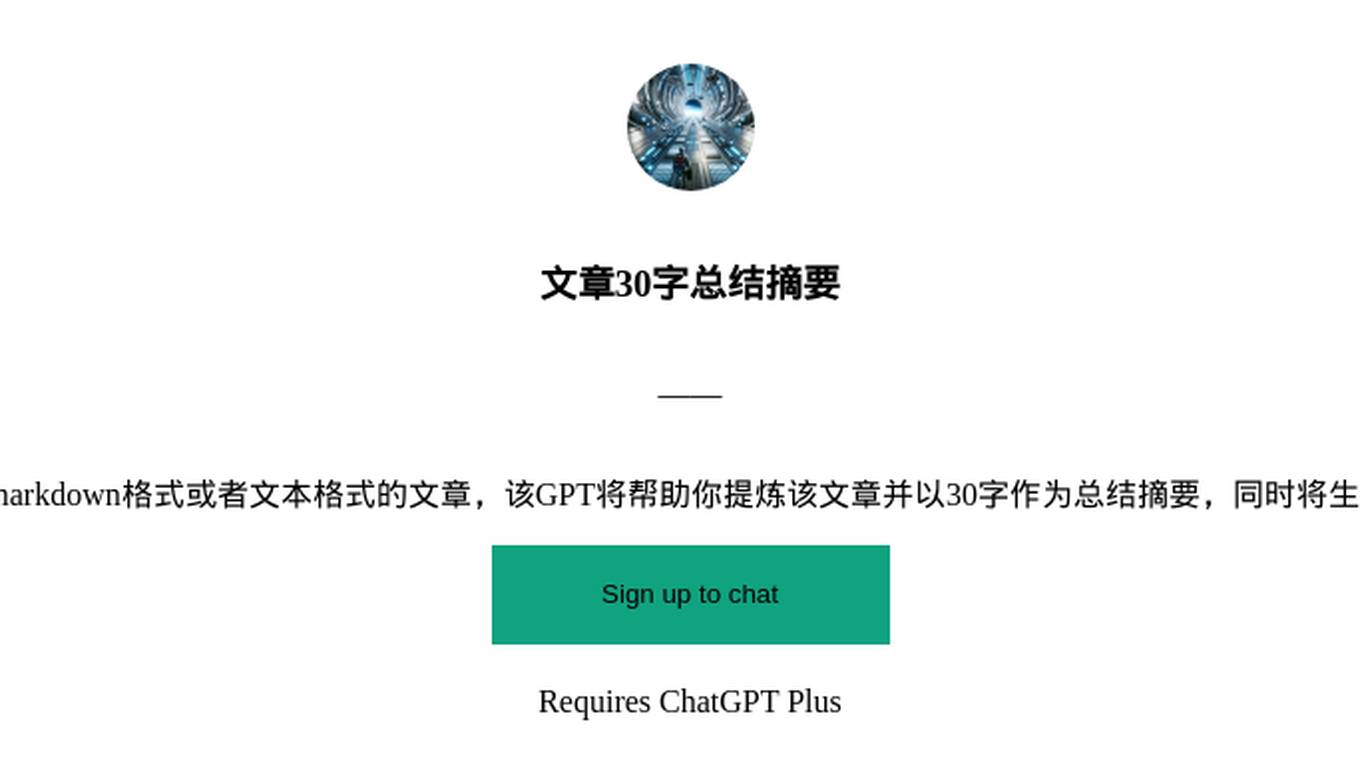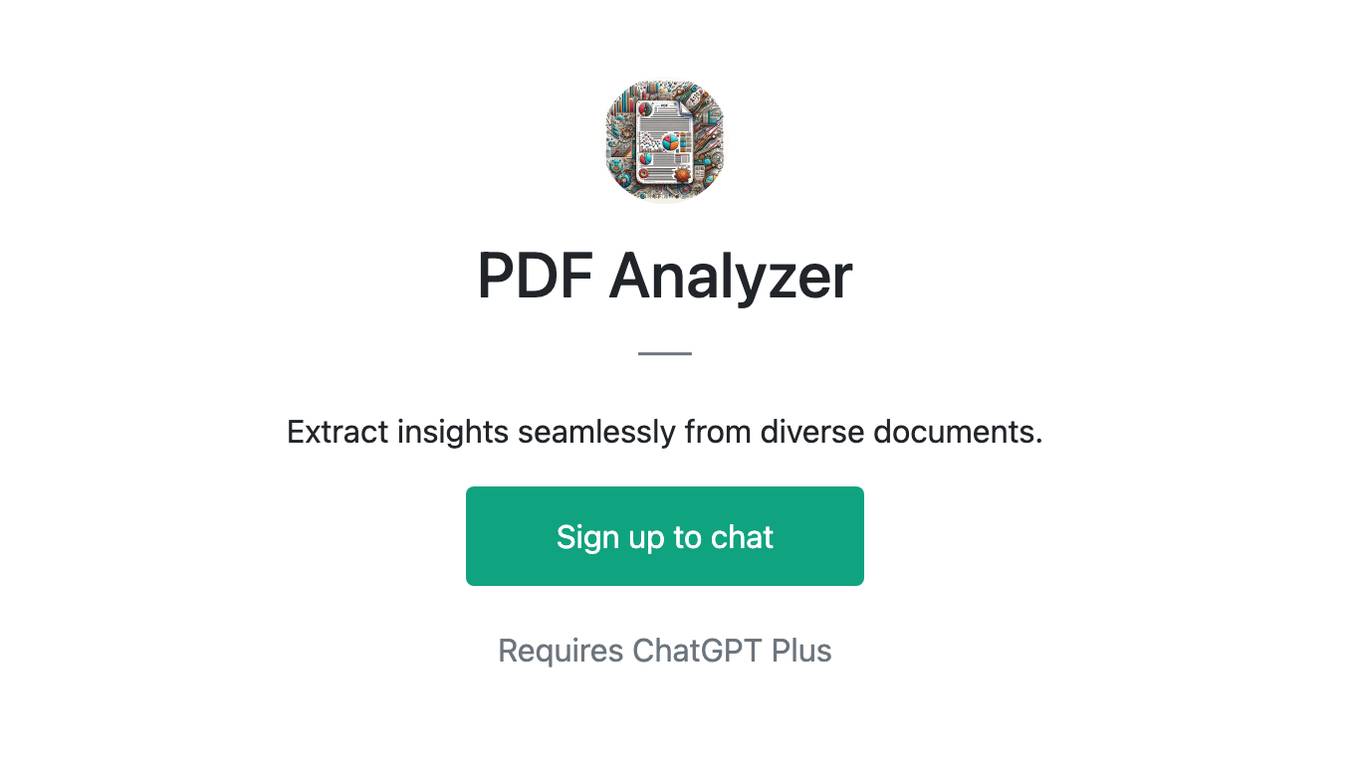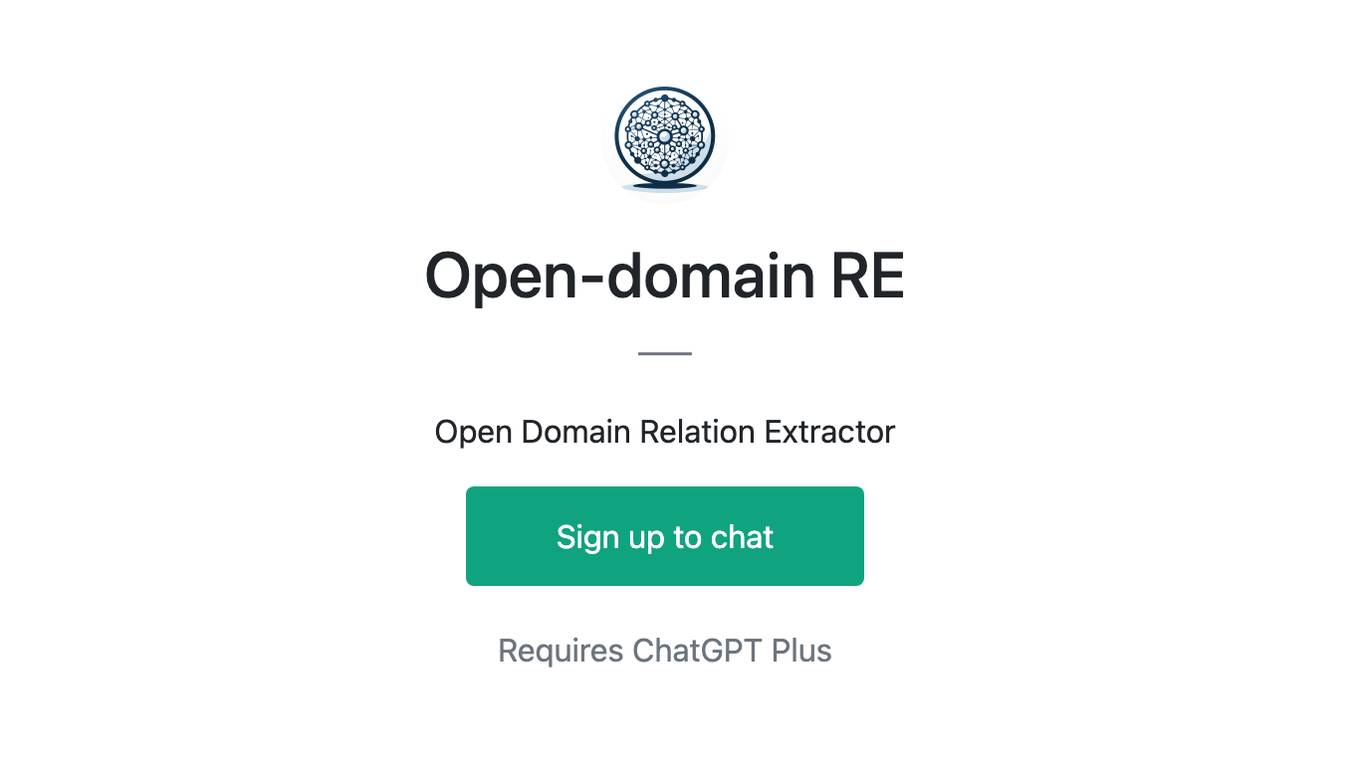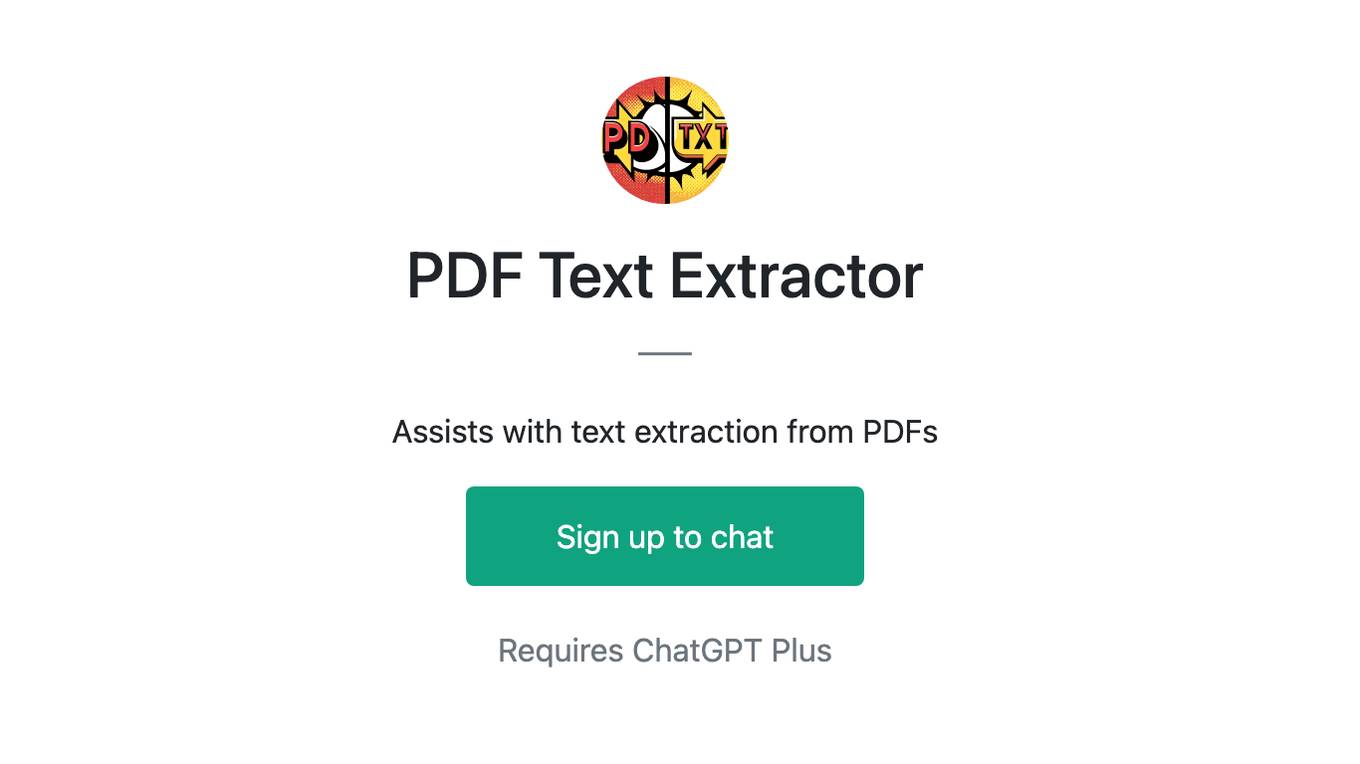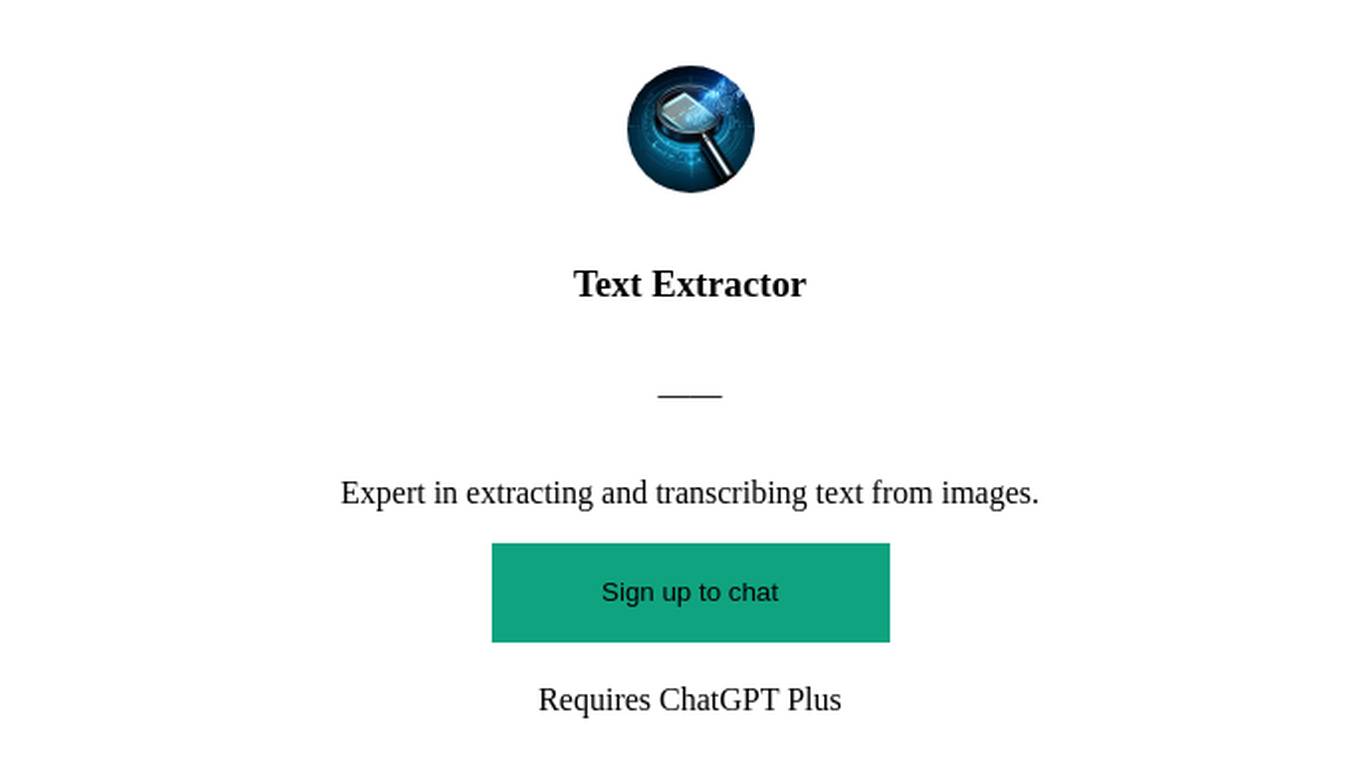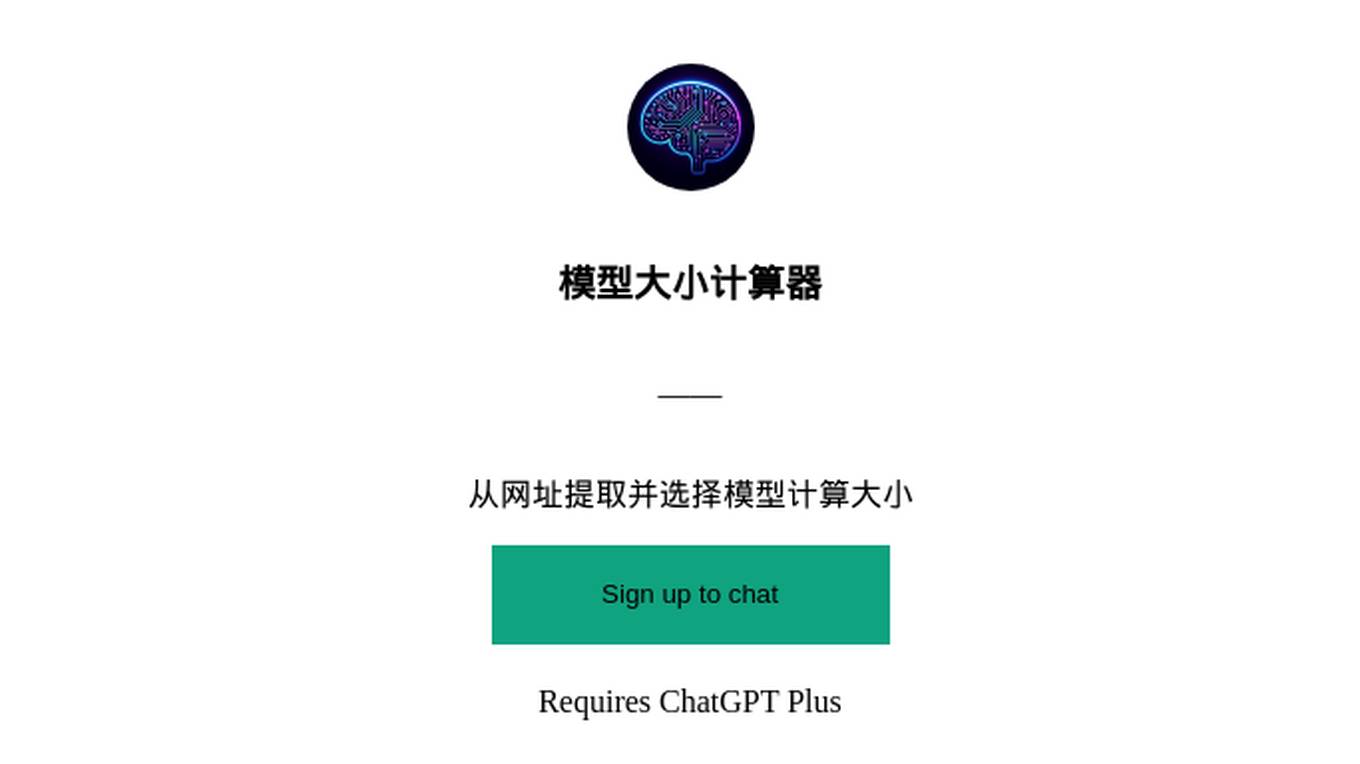Best AI tools for< Extract Visual Features >
20 - AI tool Sites
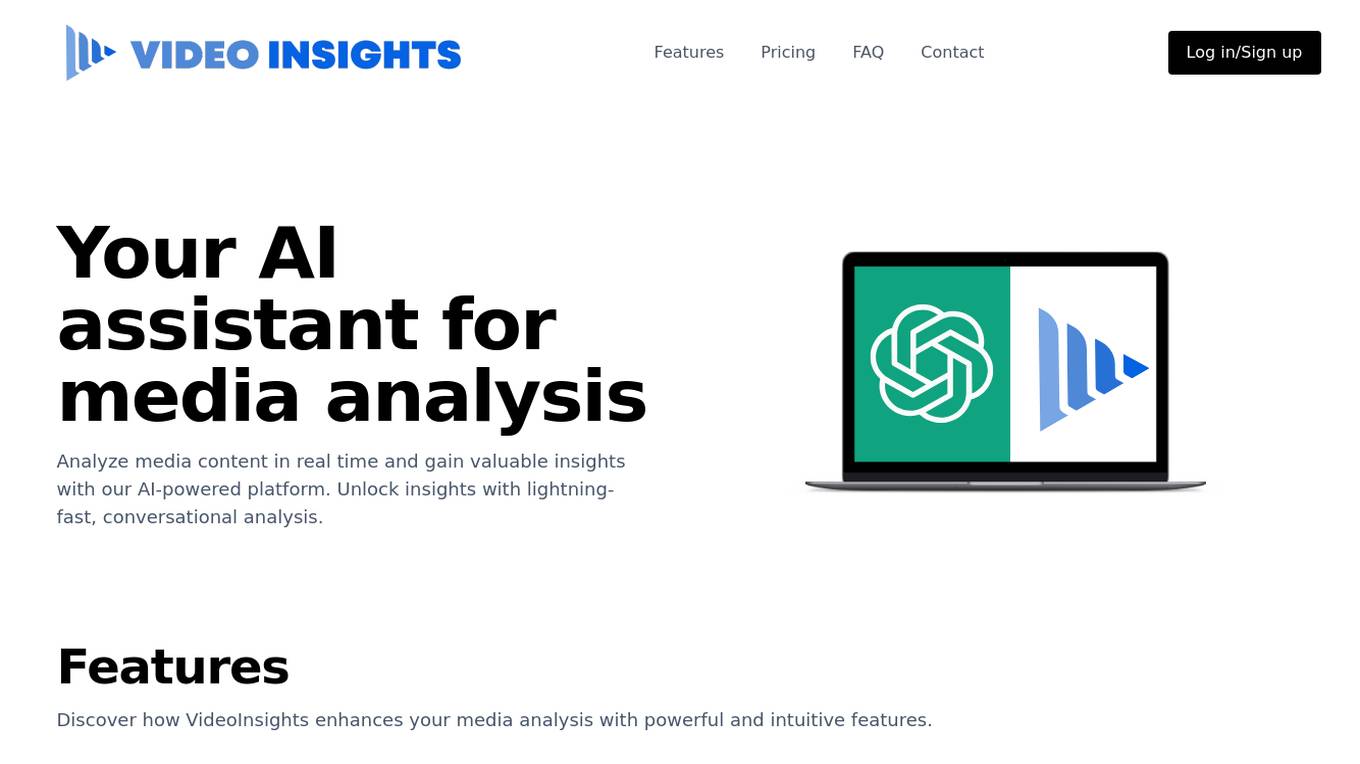
VideoInsights.ai
VideoInsights.ai is an AI-powered platform that serves as your AI assistant for media analysis. It allows users to analyze media content in real-time and gain valuable insights through lightning-fast, conversational analysis. The platform offers powerful features such as chat with videos, visual analysis, uploading and managing audio/video files, analyzing YouTube videos, and integrating analysis features via API. VideoInsights GPT provides a conversational interface to intuitively analyze audio and visual content, enhancing the overall media experience.
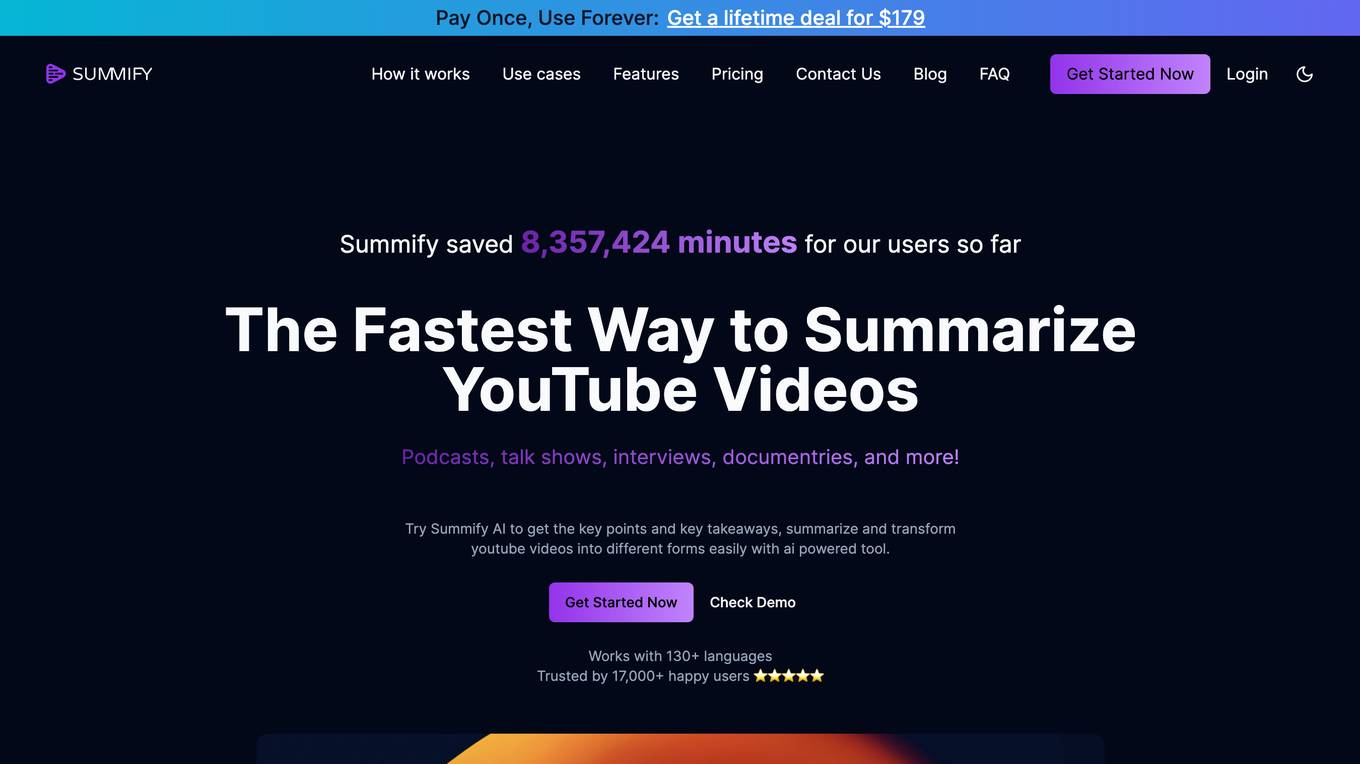
Summify
Summify is an AI-powered tool that helps users summarize YouTube videos, podcasts, and other audio-visual content. It offers a range of features to make it easy to extract key points, generate transcripts, and transform videos into written content. Summify is designed to save users time and effort, and it can be used for a variety of purposes, including content creation, blogging, learning, digital marketing, and research.

UX Pilot
UX Pilot is an AI-UX Assistant that provides a comprehensive set of UX tools in one place, from discovery to visual design. It leverages AI technology to help designers optimize their design process, generate high-fidelity UI designs, create pixel-perfect screens, and ideate at scale. With features like AI-based UX design review, custom workshop generation, and ChatGPT integration, UX Pilot aims to enhance user experience and spark creativity in design projects.
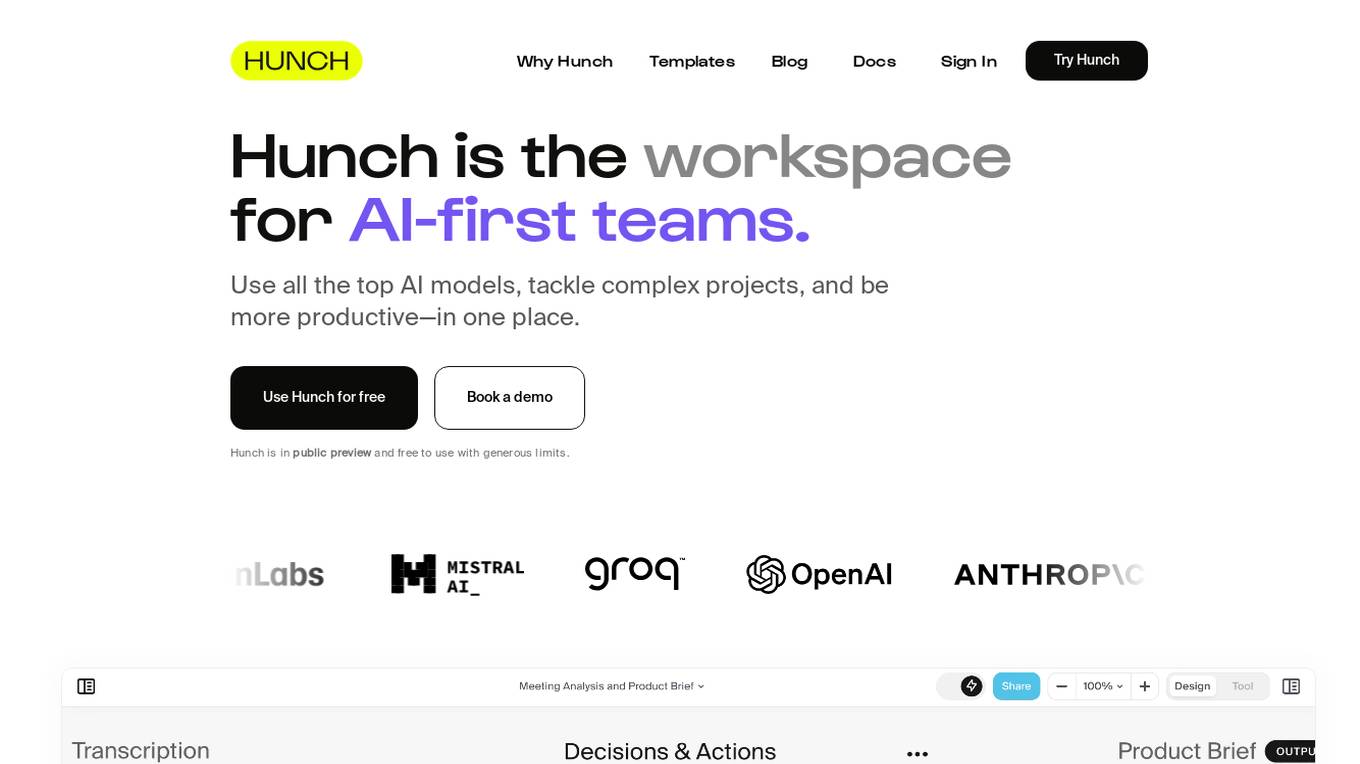
Hunch
Hunch is an AI-first workspace tool designed for teams to leverage top AI models, tackle complex projects, and enhance productivity. It offers a visual canvas interface, templates for various tasks, and features like batch processing, web scraping, and code running. Users can easily create AI-based workflows, share tools, and benefit from the platform's productivity-focused design.
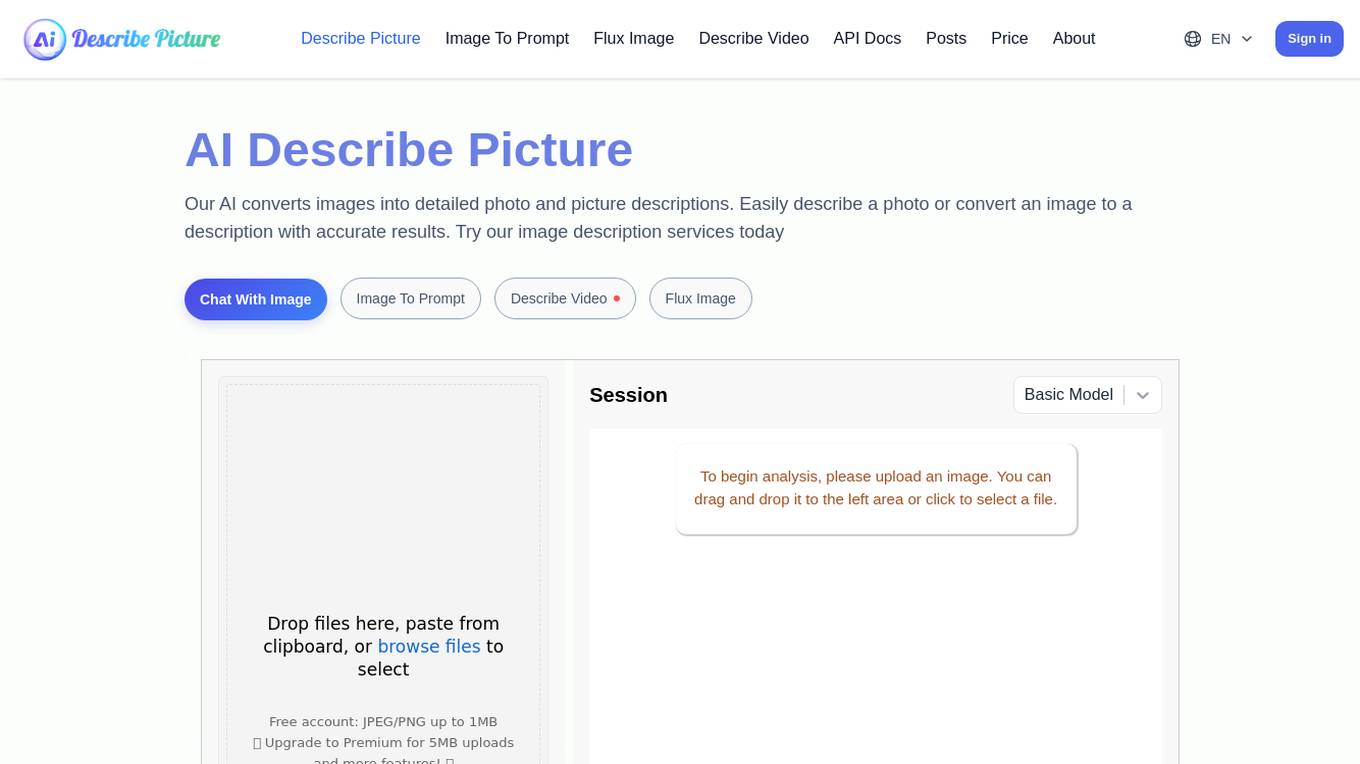
AI Describe Picture
AI Describe Picture is a free online tool that offers image description services, image-to-text conversion, and code conversion. The AI-powered platform allows users to easily describe photos, convert images to detailed descriptions, extract text from images, and convert screenshots into HTML, CSS, or JavaScript code. It also provides content extraction in Markdown format and personalized content creation. With features like intelligent image recognition, single-click code copying, and efficient text extraction, AI Describe Picture aims to enhance users' productivity and creativity in image processing tasks.
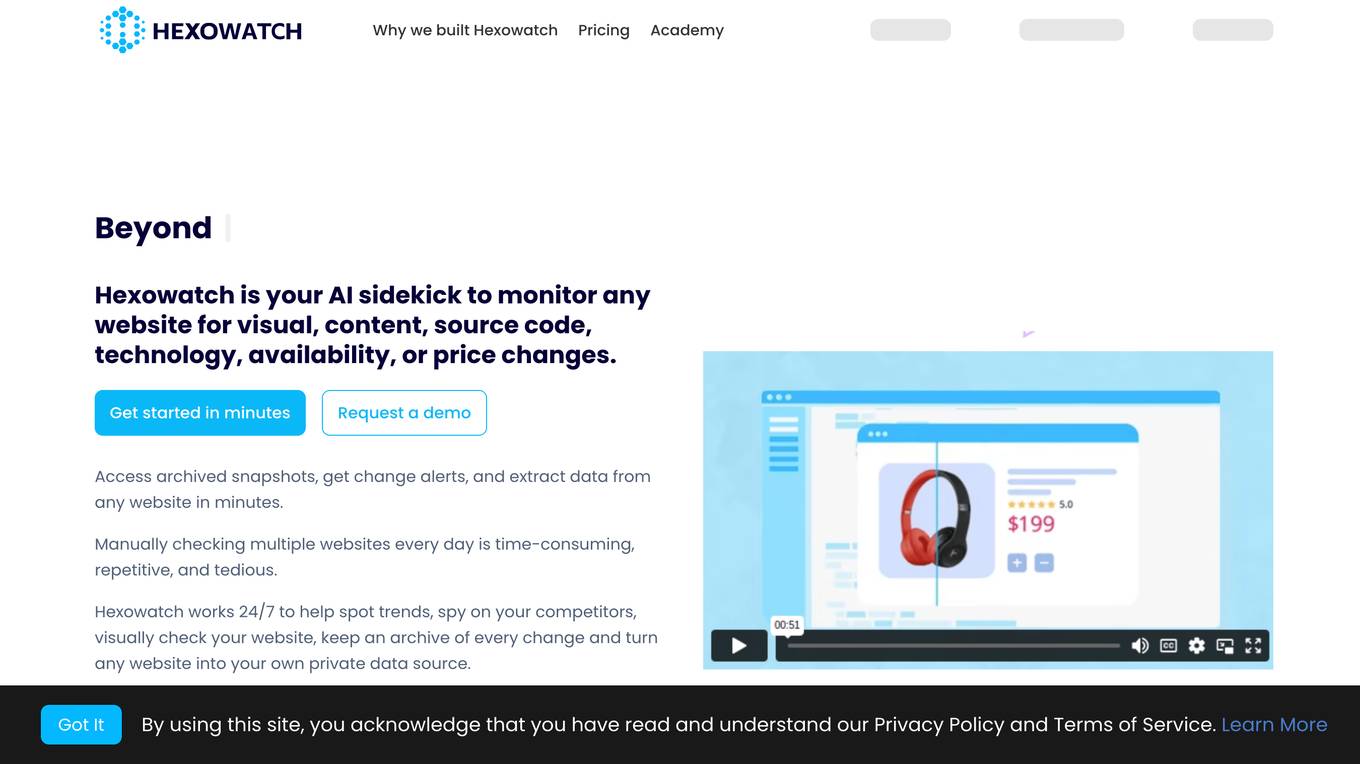
Hexowatch
Hexowatch is an AI-powered website monitoring and archiving tool that helps businesses track changes to any website, including visual, content, source code, technology, availability, or price changes. It provides detailed change reports, archives snapshots of pages, and offers side-by-side comparisons and diff reports to highlight changes. Hexowatch also allows users to access monitored data fields as a downloadable CSV file, Google Sheet, RSS feed, or sync any update via Zapier to over 2000 different applications.
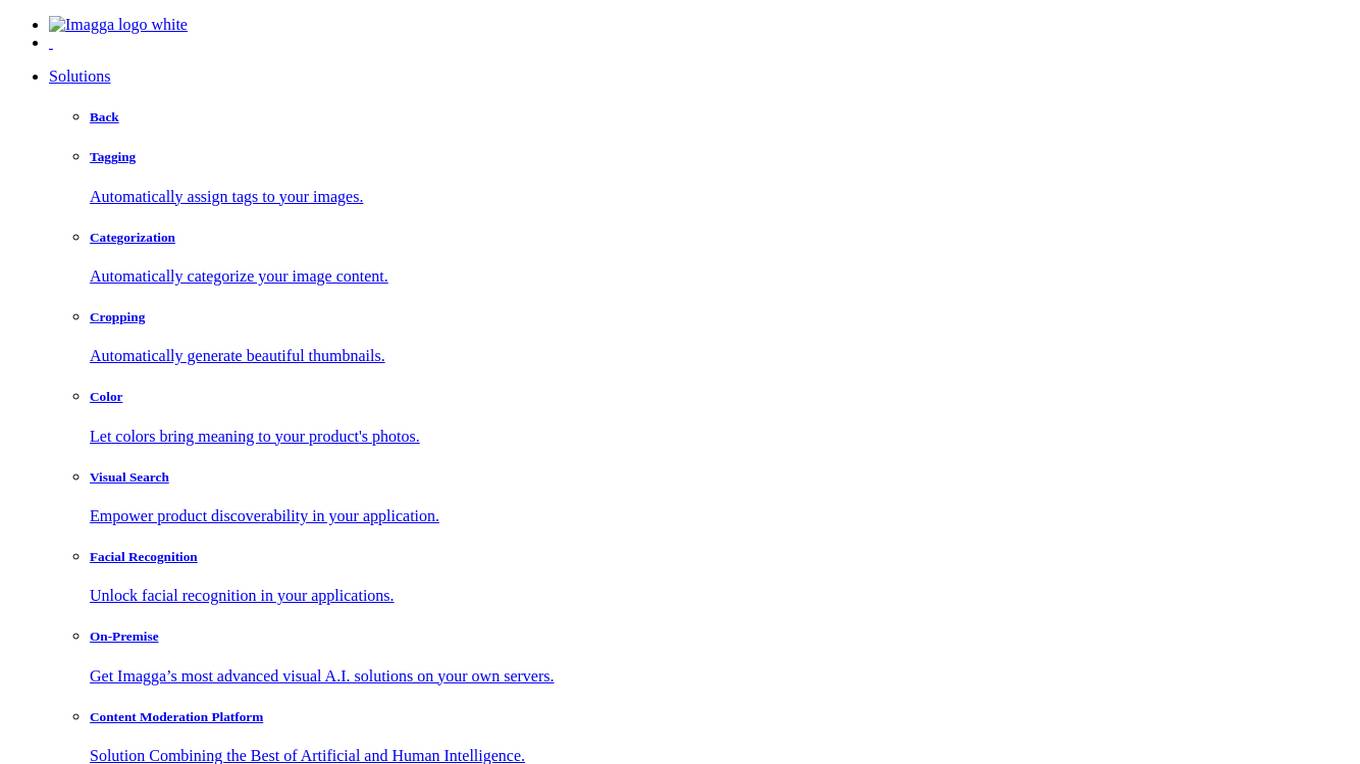
Imagga
Imagga is a leading provider of image recognition solutions for developers and businesses. Its API empowers intelligent apps with customizable machine learning technology. Imagga's solutions include tagging, categorization, cropping, color extraction, visual search, facial recognition, custom training, and content moderation. These solutions are used by over 30K startups, developers, and students, and trusted by over 200 business customers in more than 82 countries worldwide.
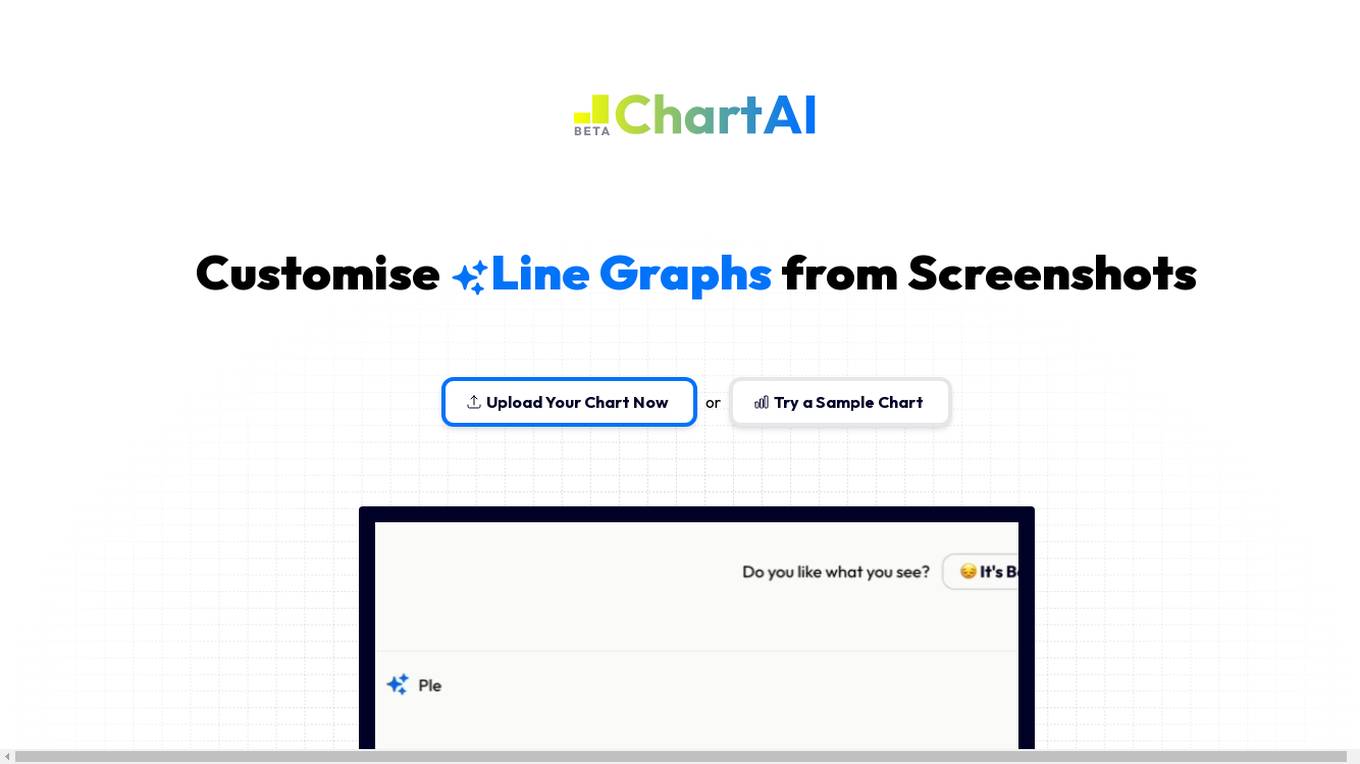
ChartAI
ChartAI is an AI tool that allows users to customize bar charts from screenshots. Users can upload their chart images, and ChartAI's visual recognition technology extracts the data to recreate the chart. Users can adjust the style, add or remove data, and change the chart type effortlessly. The tool simplifies the process of creating charts and provides quick updates based on user requests.
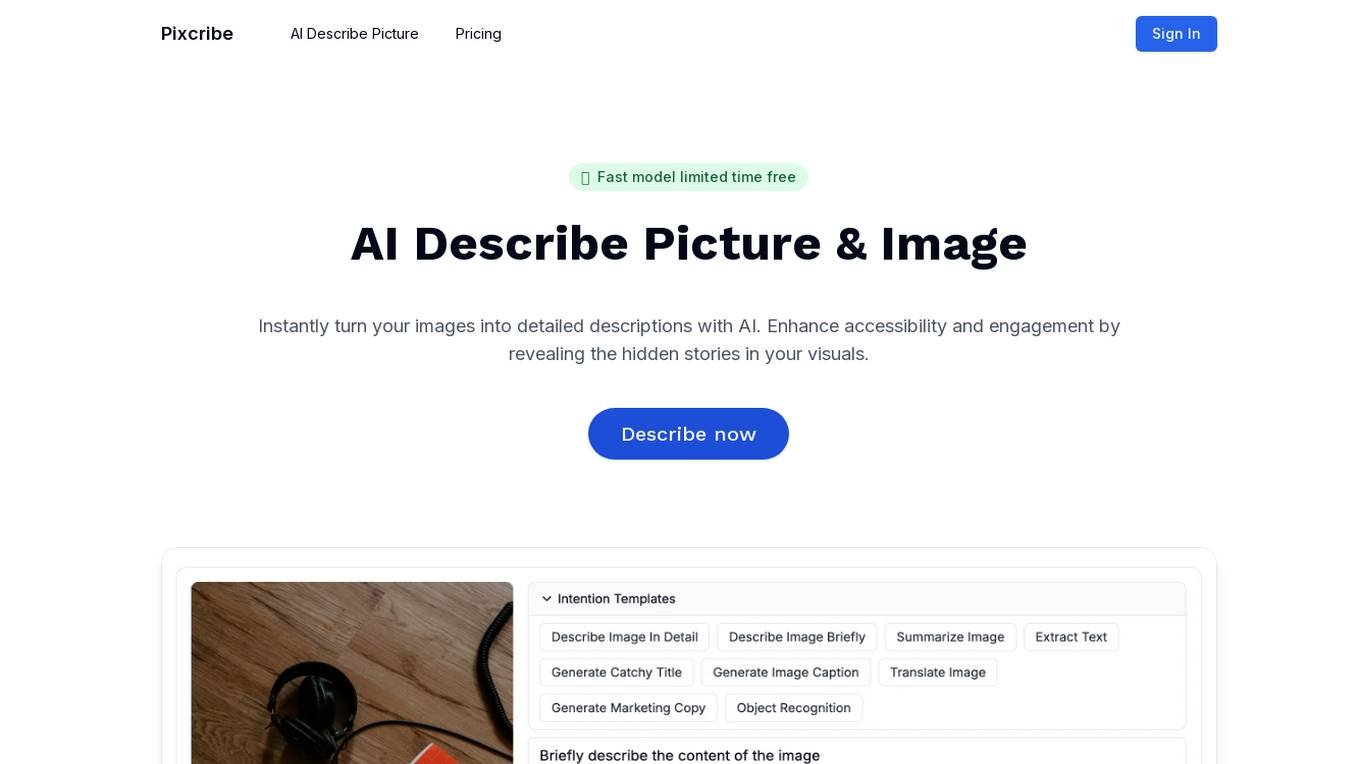
Pixcribe
Pixcribe is an AI-powered tool that instantly turns images into detailed descriptions, enhancing accessibility and engagement by revealing hidden stories in visuals. Users can harness AI to describe pictures and images, saving time and captivating audiences with rich visual narratives. The tool generates accurate, SEO-friendly descriptions in seconds, freeing users to focus on creating great content. Additionally, Pixcribe adapts to any industry, tailoring descriptions to specific fields and boosting relevance and conversions with industry-specific insights.
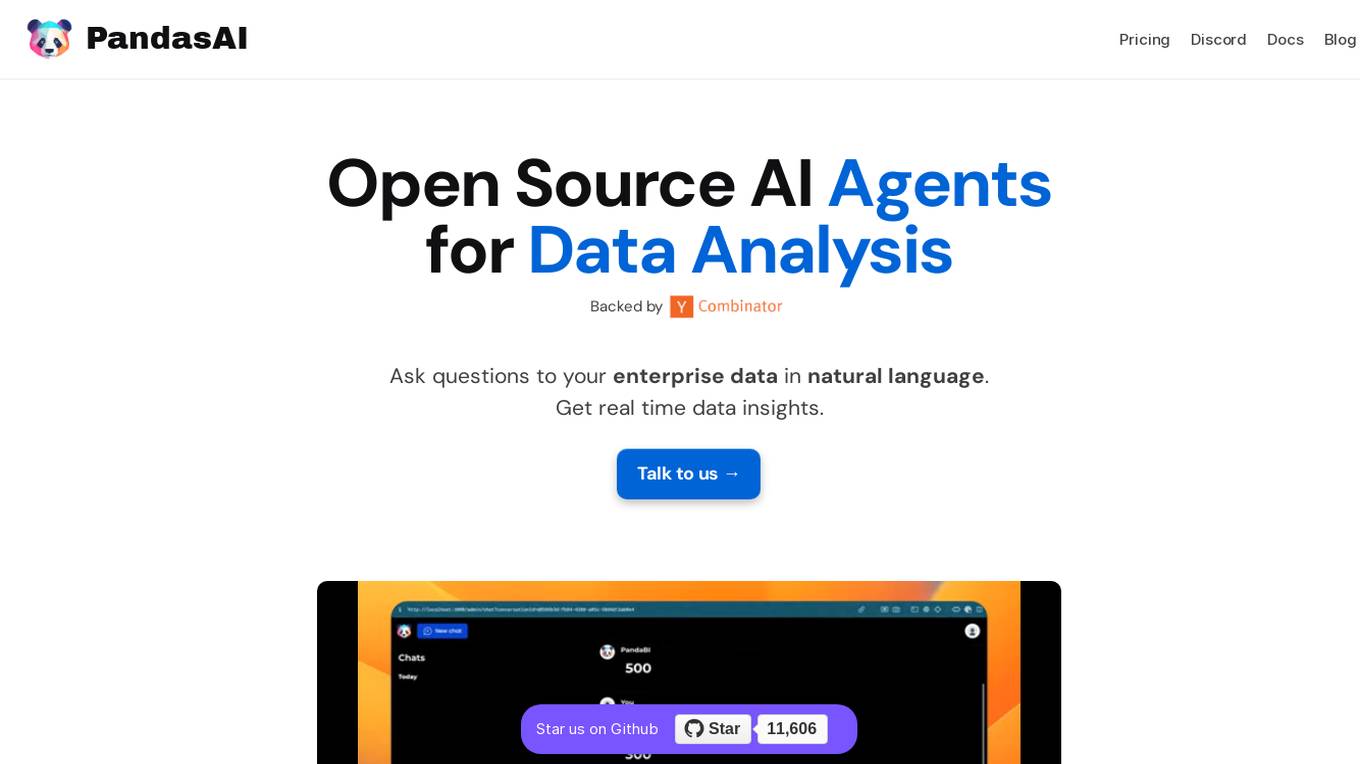
PandasAI
PandasAI is an open-source AI tool designed for conversational data analysis. It allows users to ask questions in natural language to their enterprise data and receive real-time data insights. The tool is integrated with various data sources and offers enhanced analytics, actionable insights, detailed reports, and visual data representation. PandasAI aims to democratize data analysis for better decision-making, offering enterprise solutions for stable and scalable internal data analysis. Users can also fine-tune models, ingest universal data, structure data automatically, augment datasets, extract data from websites, and forecast trends using AI.
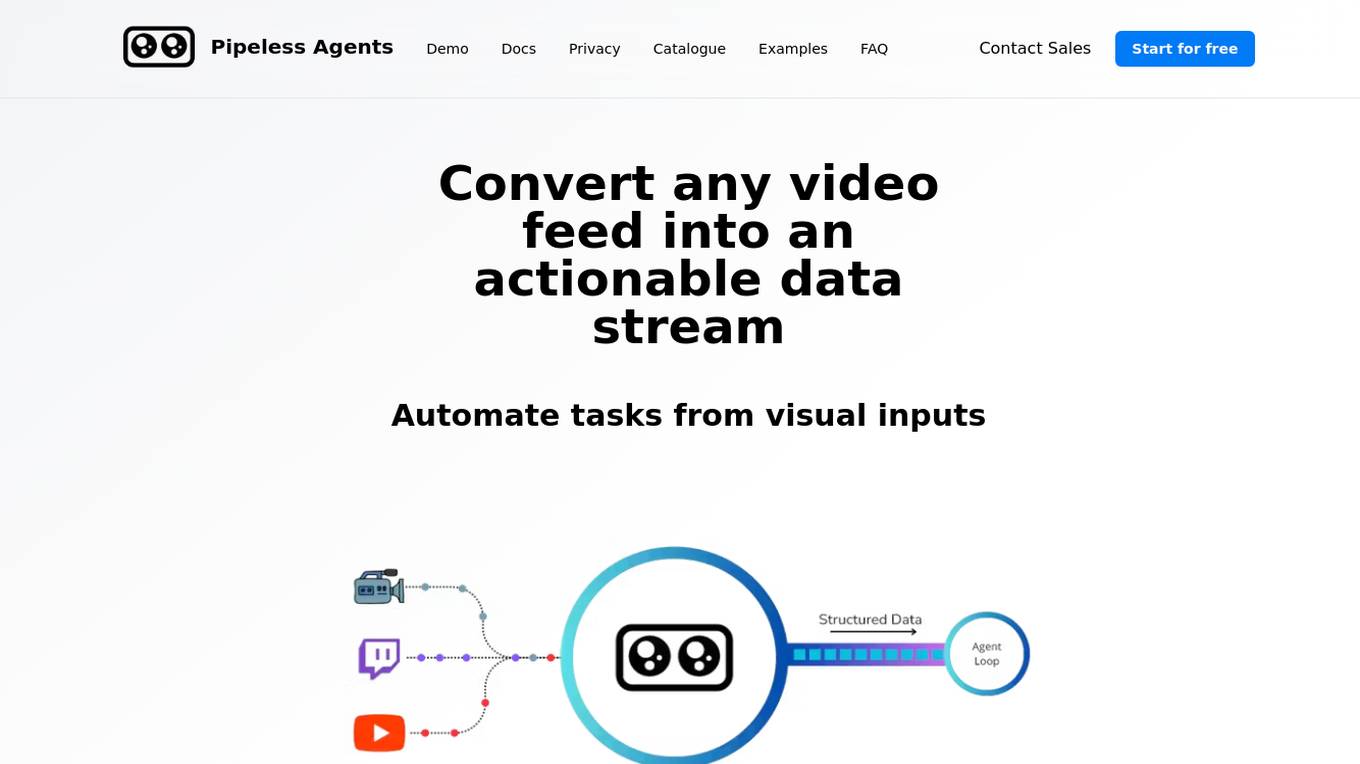
Pipeless Agents
Pipeless Agents is a platform that allows users to convert any video feed into an actionable data stream, enabling automation of tasks based on visual inputs. It serves as a serverless platform for Vision AI, offering the ability to create projects, connect video sources, and customize agents for specific needs. With a focus on simplicity and efficiency, Pipeless Agents empowers users to extract structured data from various video sources and automate processes with minimal coding requirements.
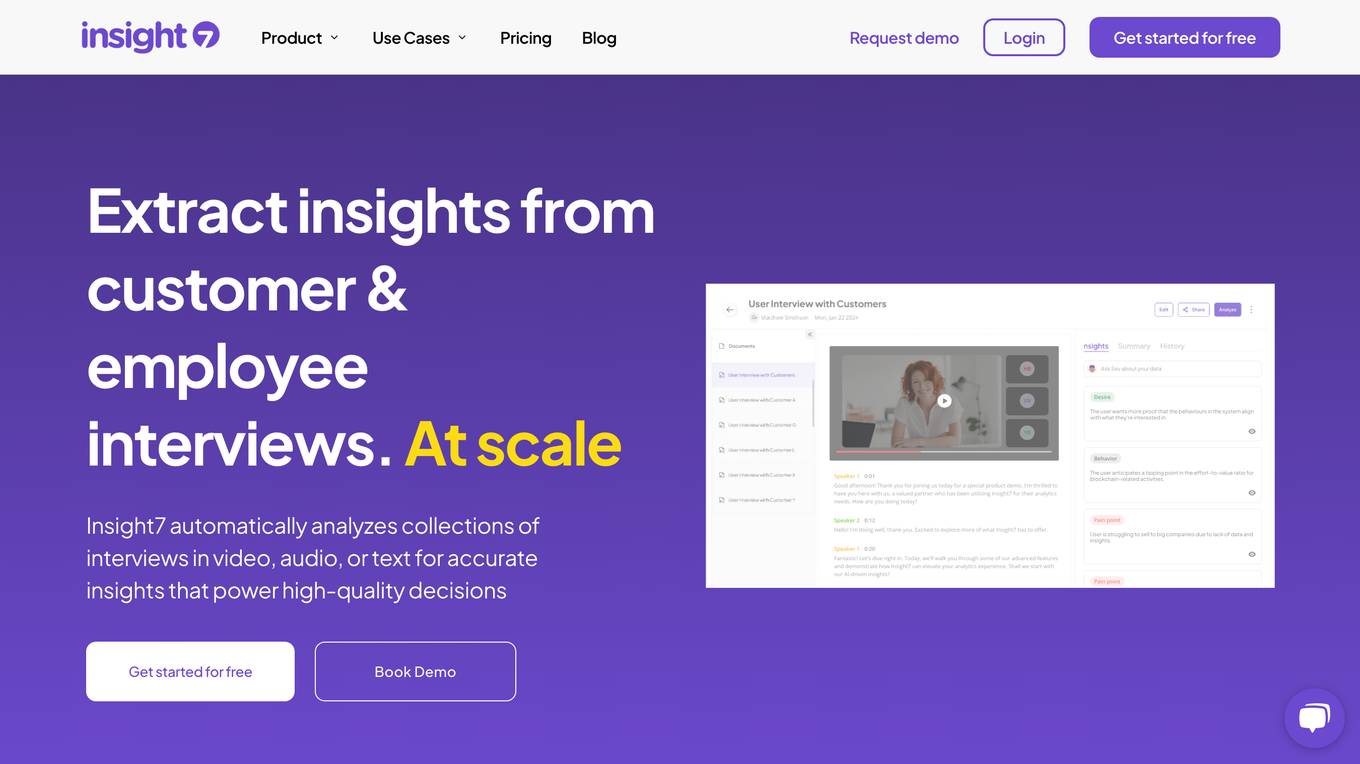
Insight7
Insight7 is a powerful AI-powered tool that helps businesses extract insights from customer and employee interviews. It uses natural language processing and machine learning to analyze large volumes of unstructured data, such as transcripts, audio recordings, and videos. Insight7 can identify key themes, trends, and sentiment, which can then be used to improve products, services, and customer experiences.
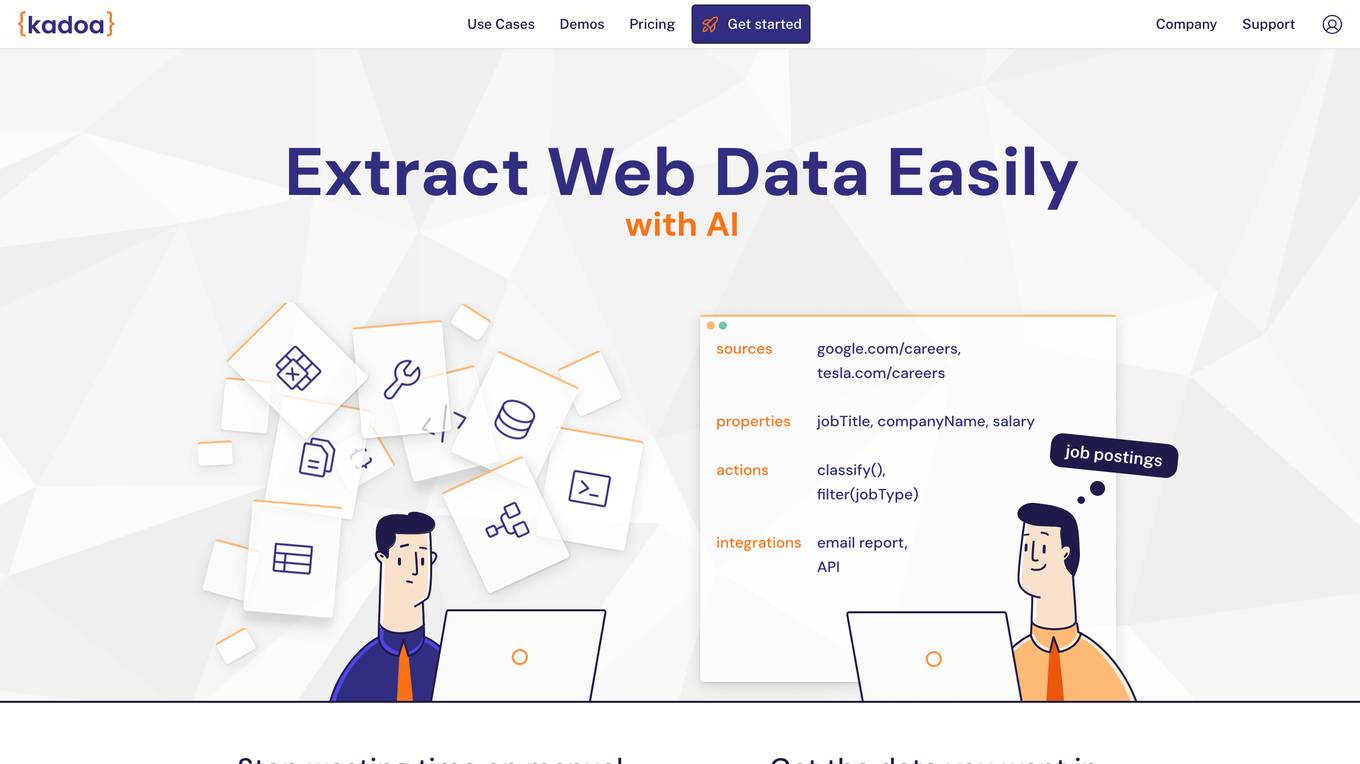
Kadoa
Kadoa is an AI web scraper tool that extracts unstructured web data at scale automatically, without the need for coding. It offers a fast and easy way to integrate web data into applications, providing high accuracy, scalability, and automation in data extraction and transformation. Kadoa is trusted by various industries for real-time monitoring, lead generation, media monitoring, and more, offering zero setup or maintenance effort and smart navigation capabilities.
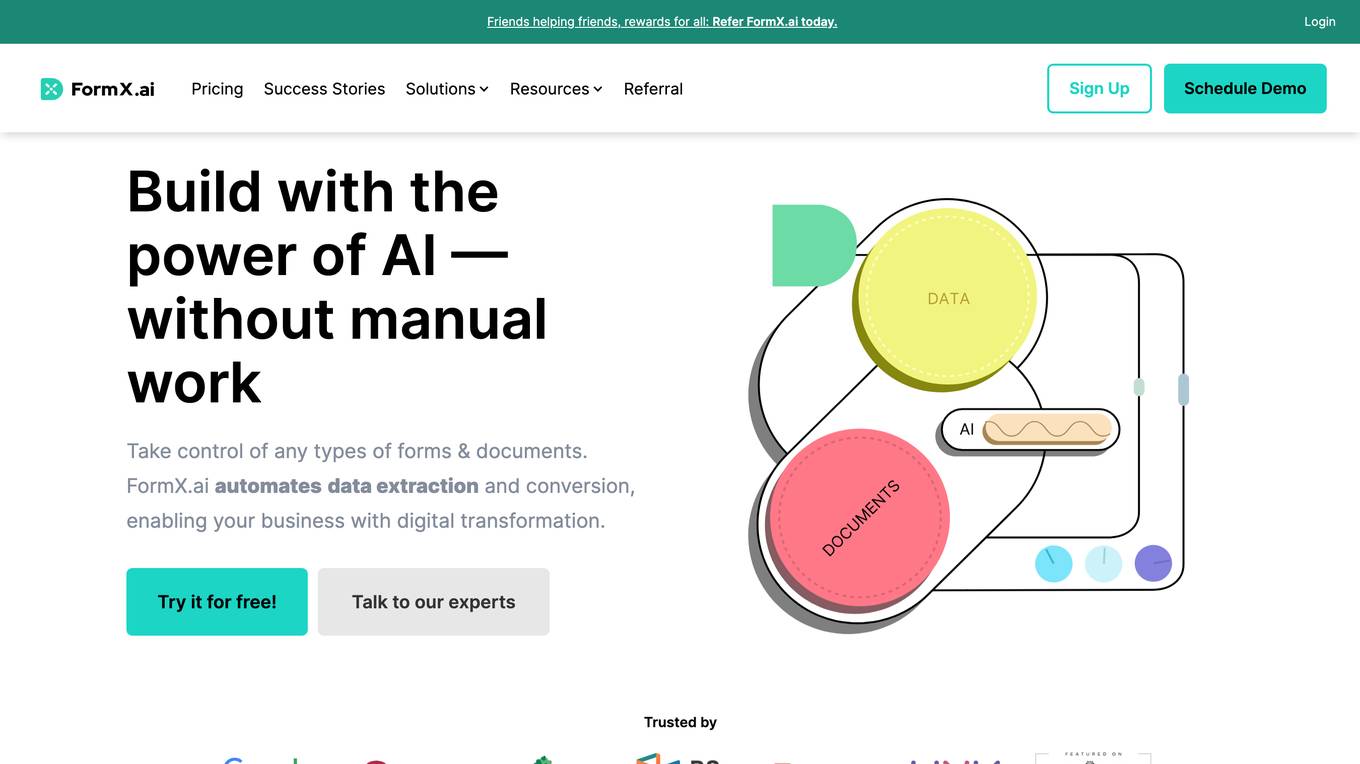
FormX.ai
FormX.ai is an AI-powered data extraction and conversion tool that automates the process of extracting data from physical documents and converting it into digital formats. It supports a wide range of document types, including invoices, receipts, purchase orders, bank statements, contracts, HR forms, shipping orders, loyalty member applications, annual reports, business certificates, personnel licenses, and more. FormX.ai's pre-configured data extraction models and effortless API integration make it easy for businesses to integrate data extraction into their existing systems and workflows. With FormX.ai, businesses can save time and money on manual data entry and improve the accuracy and efficiency of their data processing.
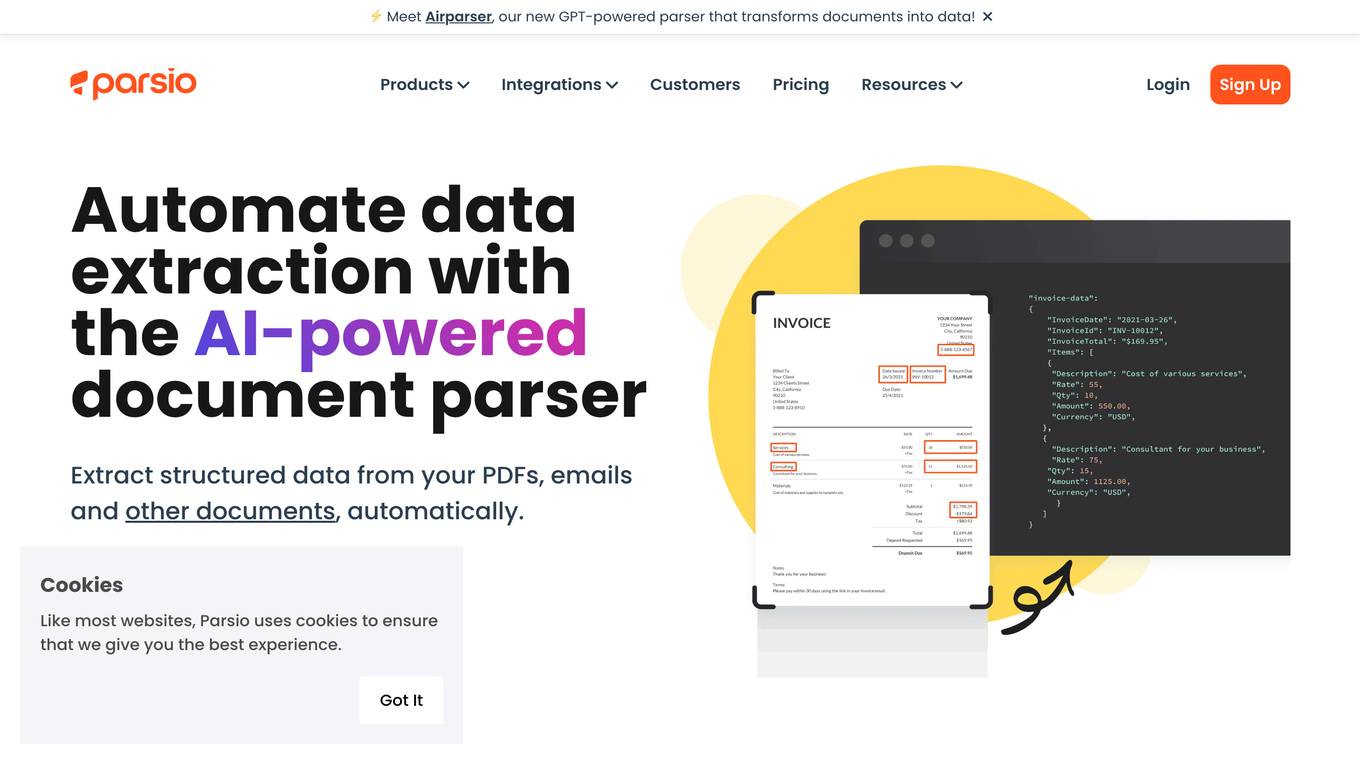
Parsio
Parsio is an AI-powered document parser that can extract structured data from PDFs, emails, and other documents. It uses natural language processing to understand the context of the document and identify the relevant data points. Parsio can be used to automate a variety of tasks, such as extracting data from invoices, receipts, and emails.
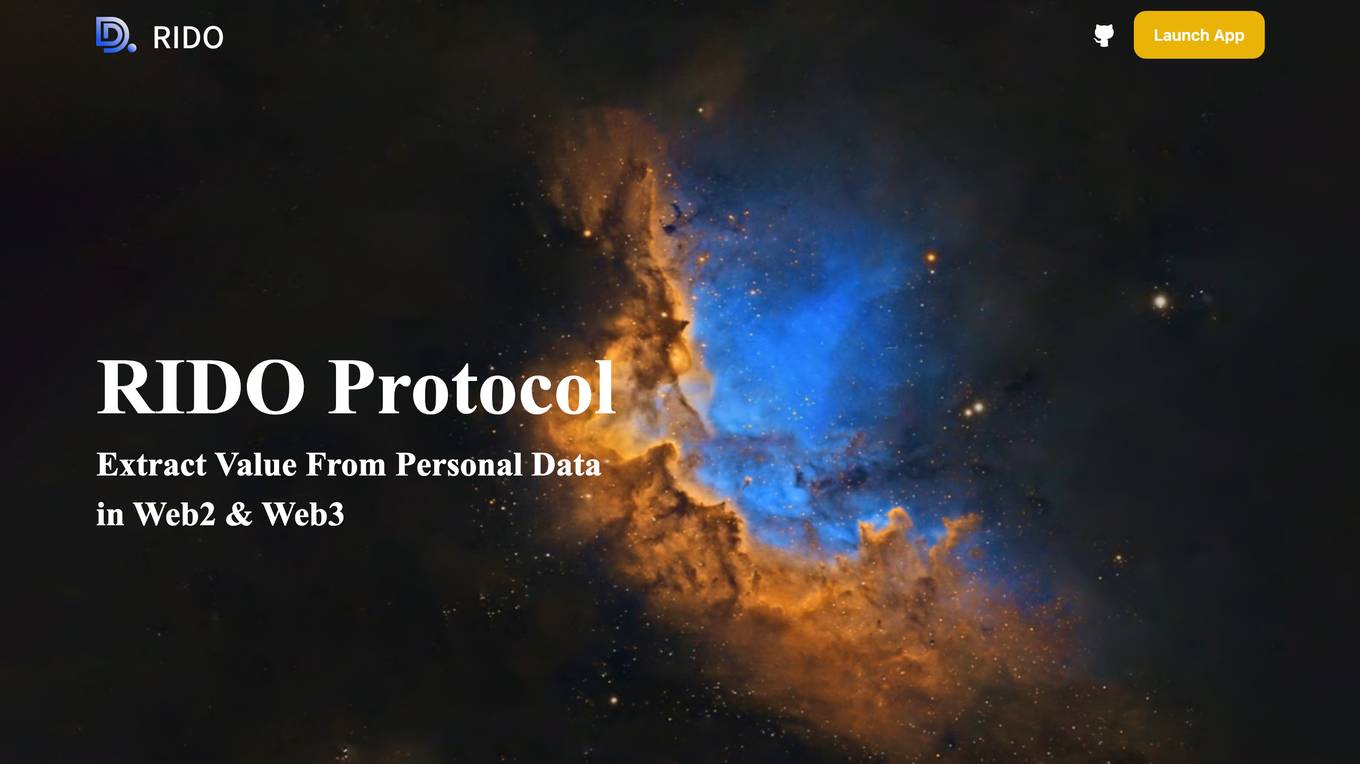
RIDO Protocol
RIDO Protocol is a decentralized data protocol that allows users to extract value from their personal data in Web2 and Web3. It provides users with a variety of features, including programmable data generation, programmable access control, and cross-application data sharing. RIDO also has a data marketplace where users can list or offer their data information and ownership. Additionally, RIDO has a DataFi protocol which promotes the flowing of data information and value.
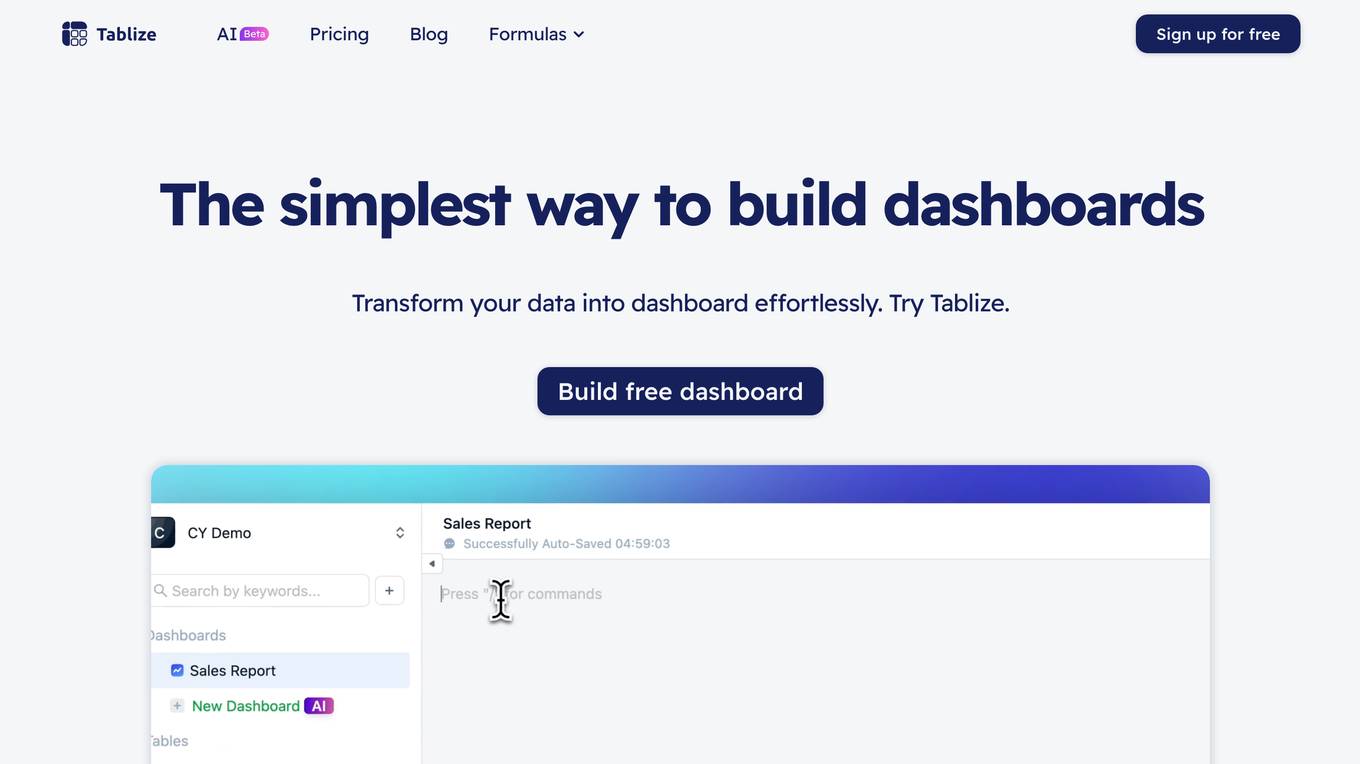
Tablize
Tablize is a powerful data extraction tool that helps you turn unstructured data into structured, tabular format. With Tablize, you can easily extract data from PDFs, images, and websites, and export it to Excel, CSV, or JSON. Tablize uses artificial intelligence to automate the data extraction process, making it fast and easy to get the data you need.
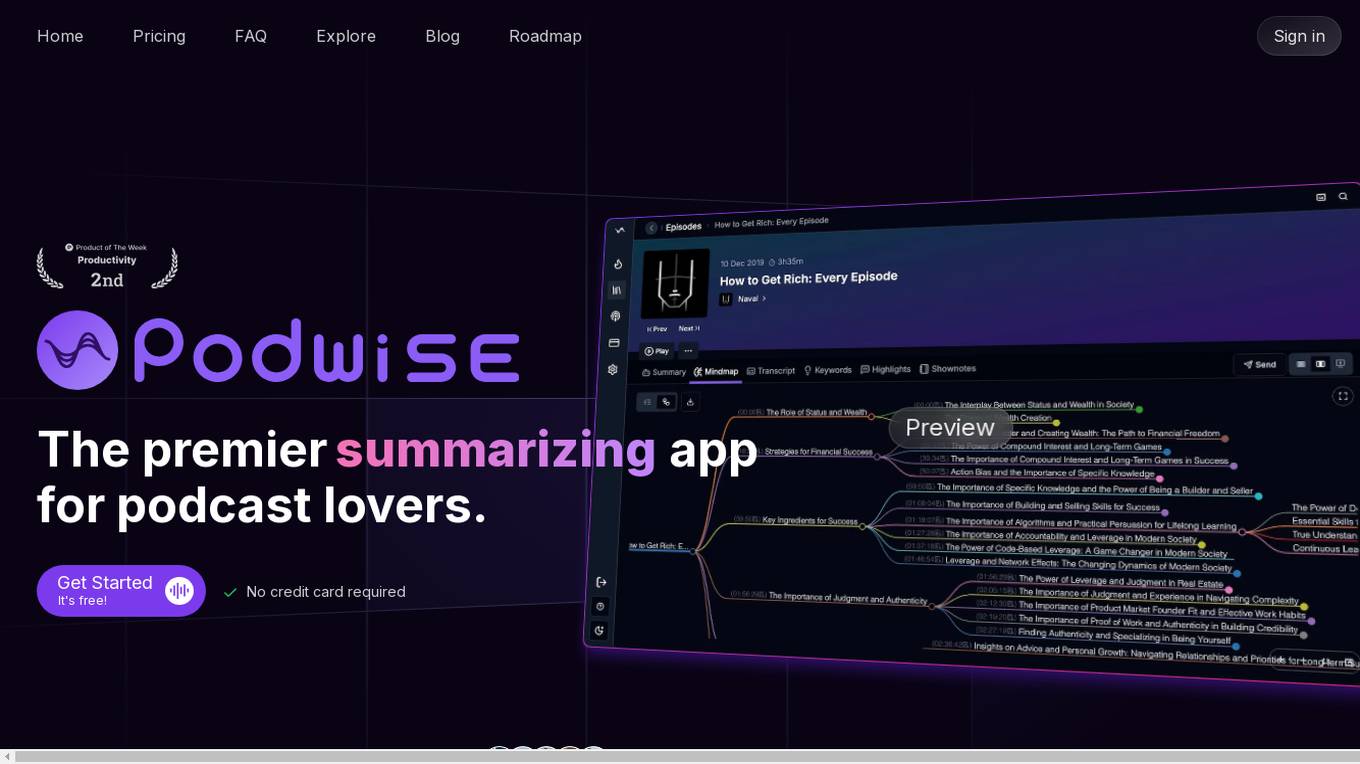
Podwise
Podwise is an AI-powered podcast tool designed for podcast lovers to extract structured knowledge from episodes at 10x speed. It offers features such as AI-powered summarization, mind mapping, content outlining, transcription, and seamless integration with knowledge management workflows. Users can subscribe to favorite content, get lightning-speed access to structured knowledge, and discover episodes of interest. Podwise aims to address the challenge of enjoying podcasts, recalling less, and forgetting quickly, by providing a meticulous, accurate, and impactful tool for efficient podcast referencing and note consolidation.

Kazuha
Kazuha is an AI-powered platform that provides investment insights extracted from top financial content creators on platforms like podcasts, YouTube, and Twitter. The platform uses advanced AI algorithms to analyze hours of content and generate concise summaries and key takeaways for investors. Users can stay informed about the latest investment opportunities and never miss actionable insights buried in lengthy financial content.
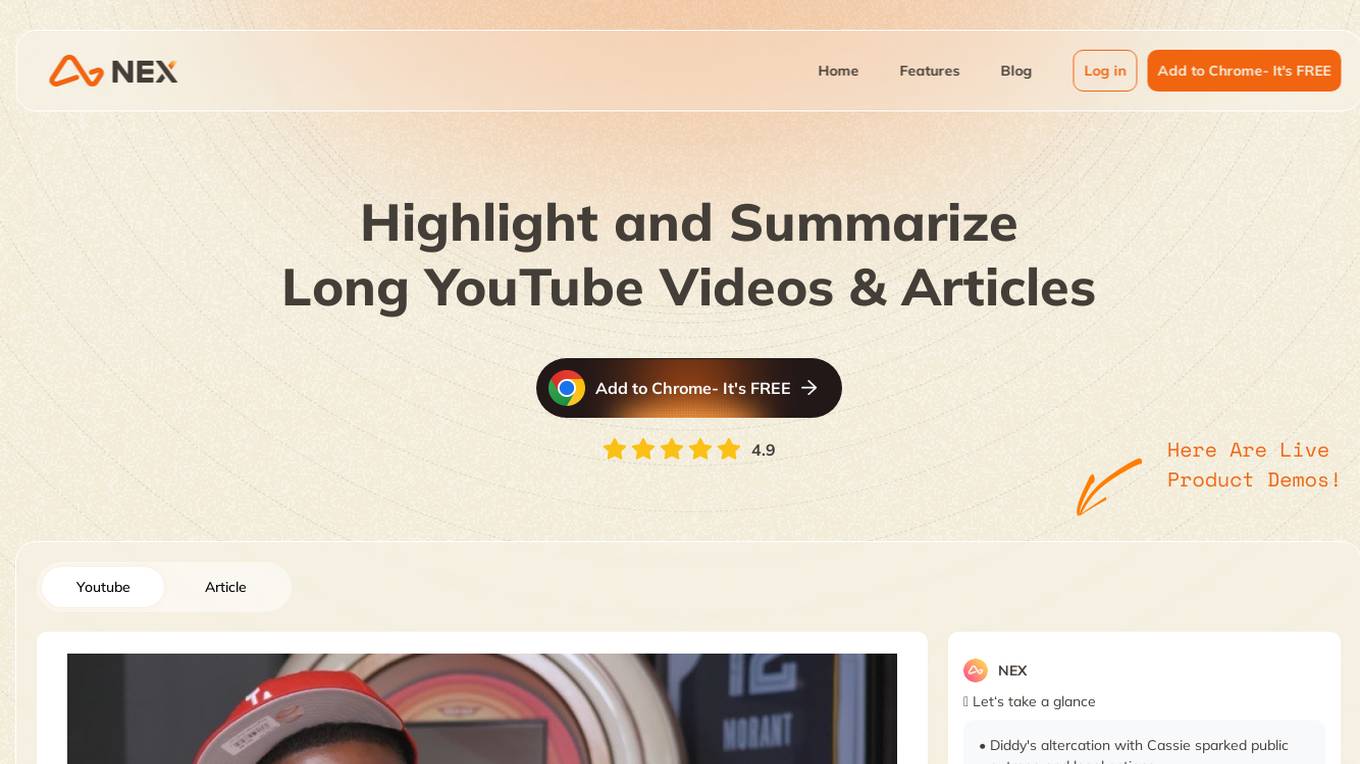
Nex
Nex is an AI Knowledge Copilot application designed to help users efficiently extract main points from long YouTube videos and articles. It offers features like summarizing content, providing quick takeaways, highlighting essential parts, and saving inspirations. With Nex, users can improve their information absorption and save time by focusing on the most relevant parts of the content.
2 - Open Source AI Tools
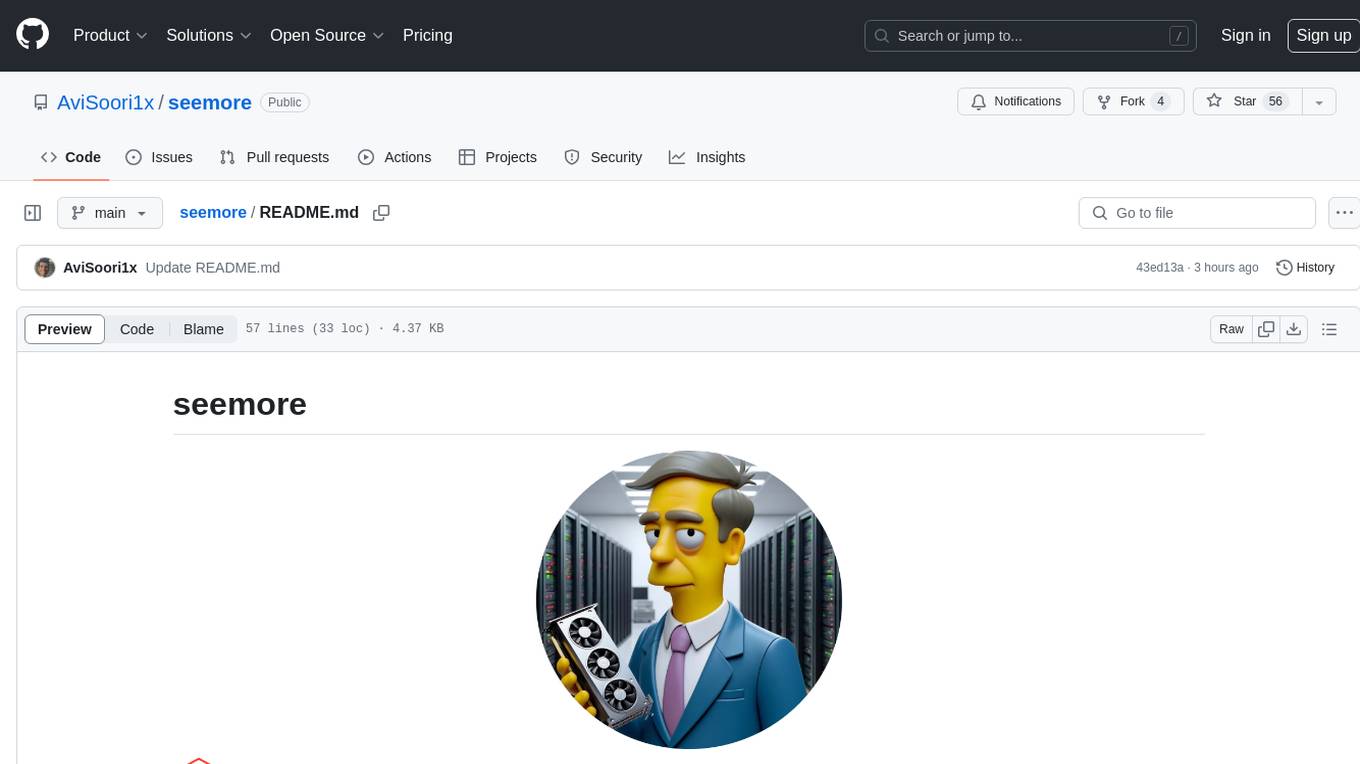
seemore
seemore is a vision language model developed in Pytorch, implementing components like image encoder, vision-language projector, and decoder language model. The model is built from scratch, including attention mechanisms and patch creation. It is designed for readability and hackability, with the intention to be improved upon. The implementation is based on public publications and borrows attention mechanism from makemore by Andrej Kapathy. The code was developed on Databricks using a single A100 for compute, and MLFlow is used for tracking metrics. The tool aims to provide a simplistic version of vision language models like Grok 1.5/GPT-4 Vision, suitable for experimentation and learning.
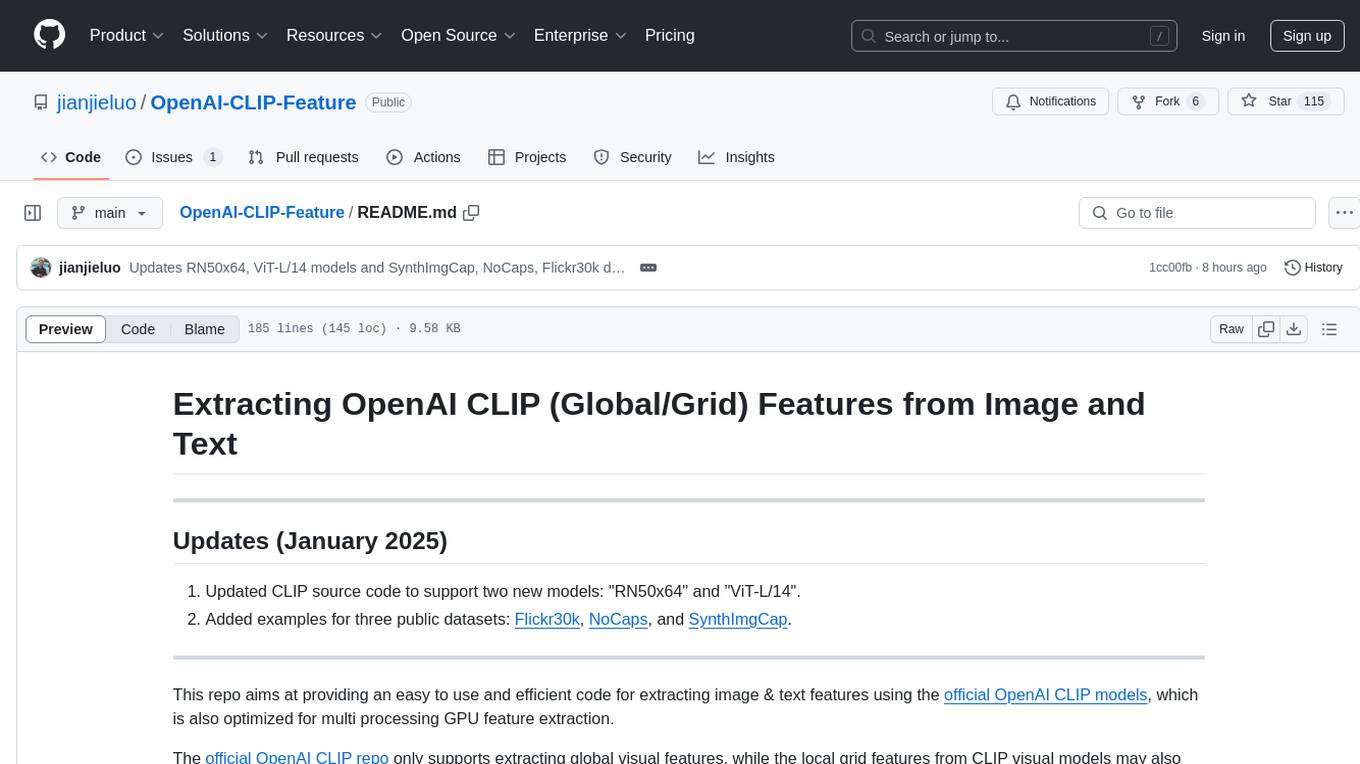
OpenAI-CLIP-Feature
This repository provides code for extracting image and text features using OpenAI CLIP models, supporting both global and local grid visual features. It aims to facilitate multi visual-and-language downstream tasks by allowing users to customize input and output grid resolution easily. The extracted features have shown comparable or superior results in image captioning tasks without hyperparameter tuning. The repo supports various CLIP models and provides detailed information on supported settings and results on MSCOCO image captioning. Users can get started by setting up experiments with the extracted features using X-modaler.
20 - OpenAI Gpts
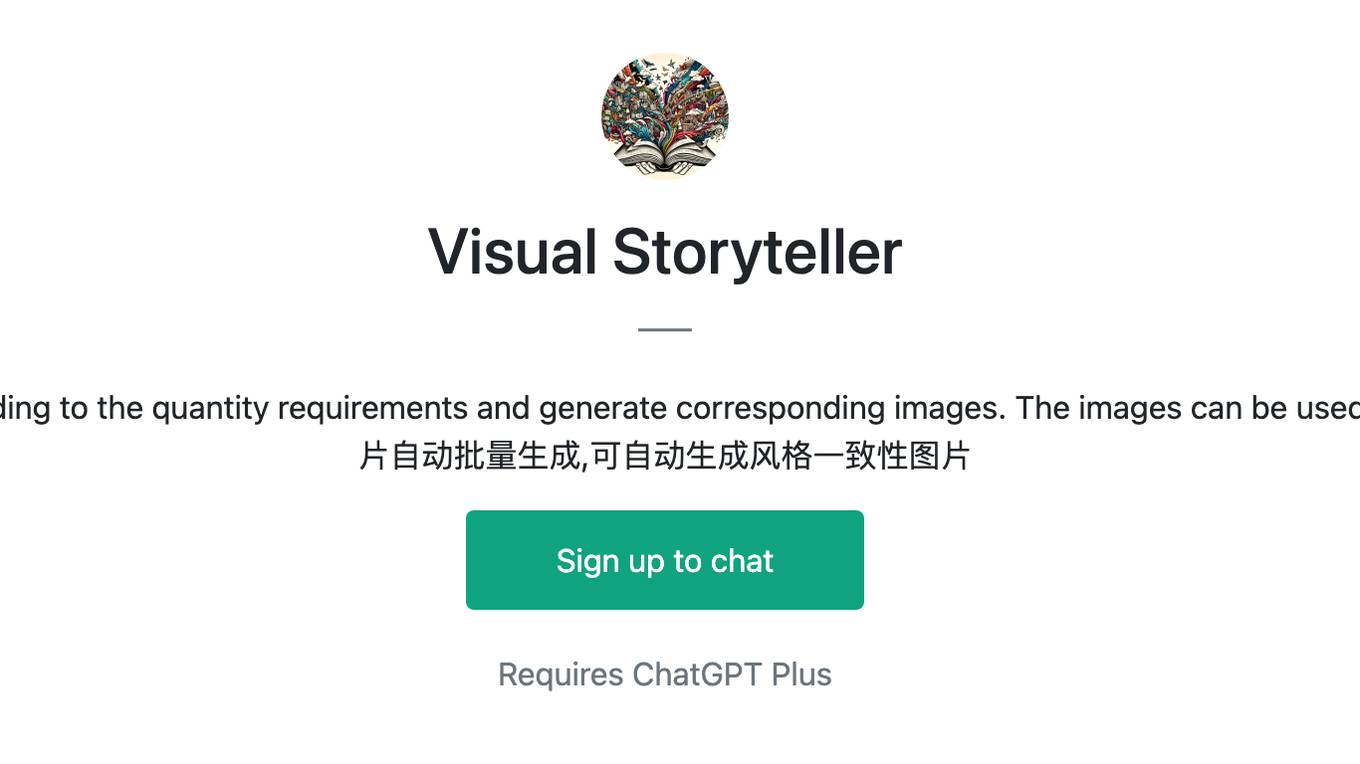
Visual Storyteller
Extract the essence of the novel story according to the quantity requirements and generate corresponding images. The images can be used directly to create novel videos.小说推文图片自动批量生成,可自动生成风格一致性图片
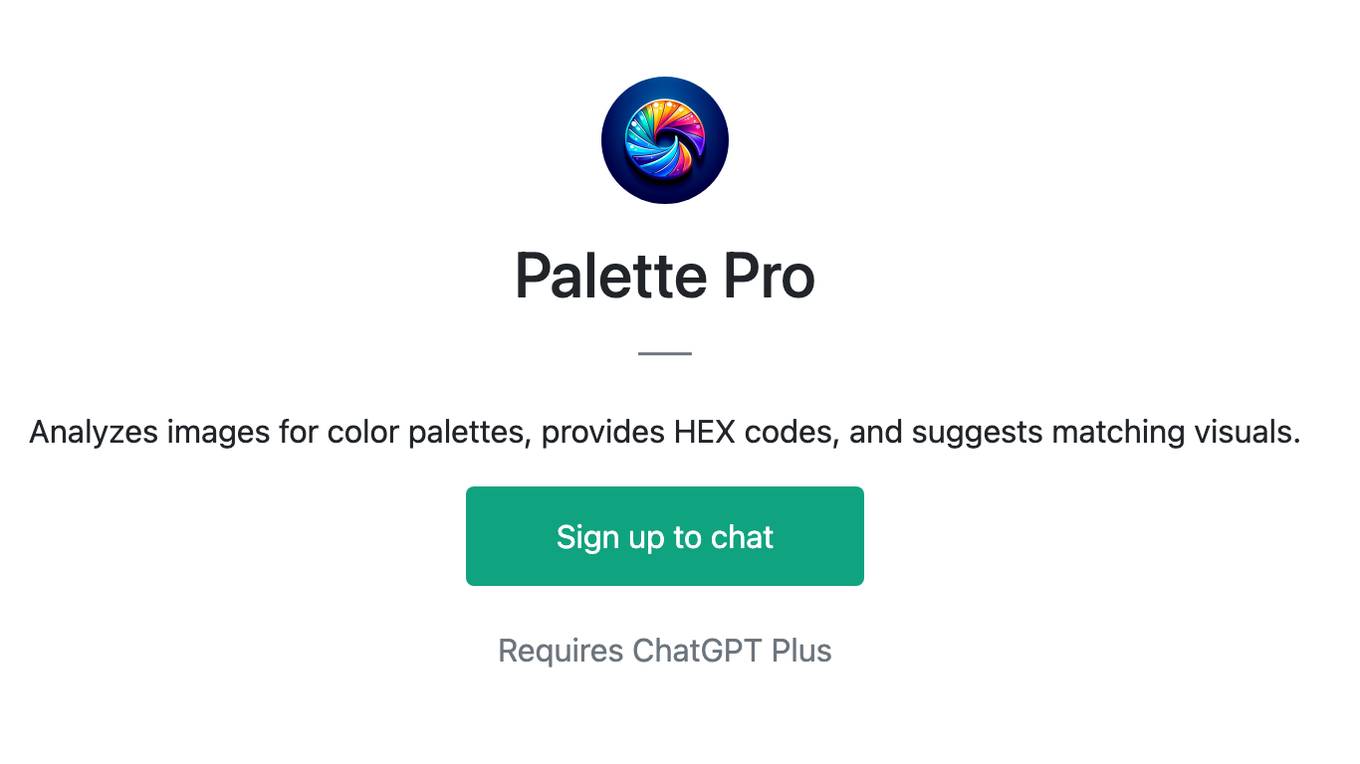
Palette Pro
Analyzes images for color palettes, provides HEX codes, and suggests matching visuals.
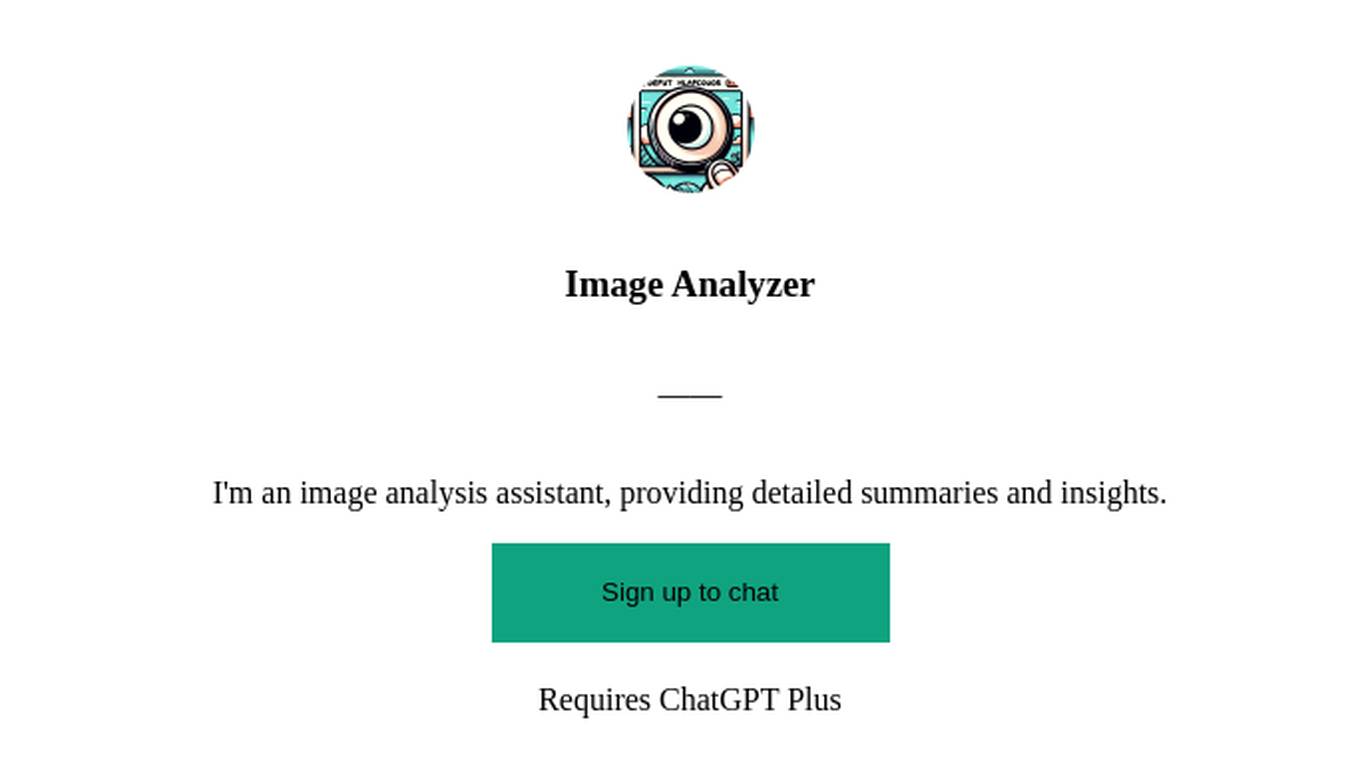
Image Analyzer
I'm an image analysis assistant, providing detailed summaries and insights.
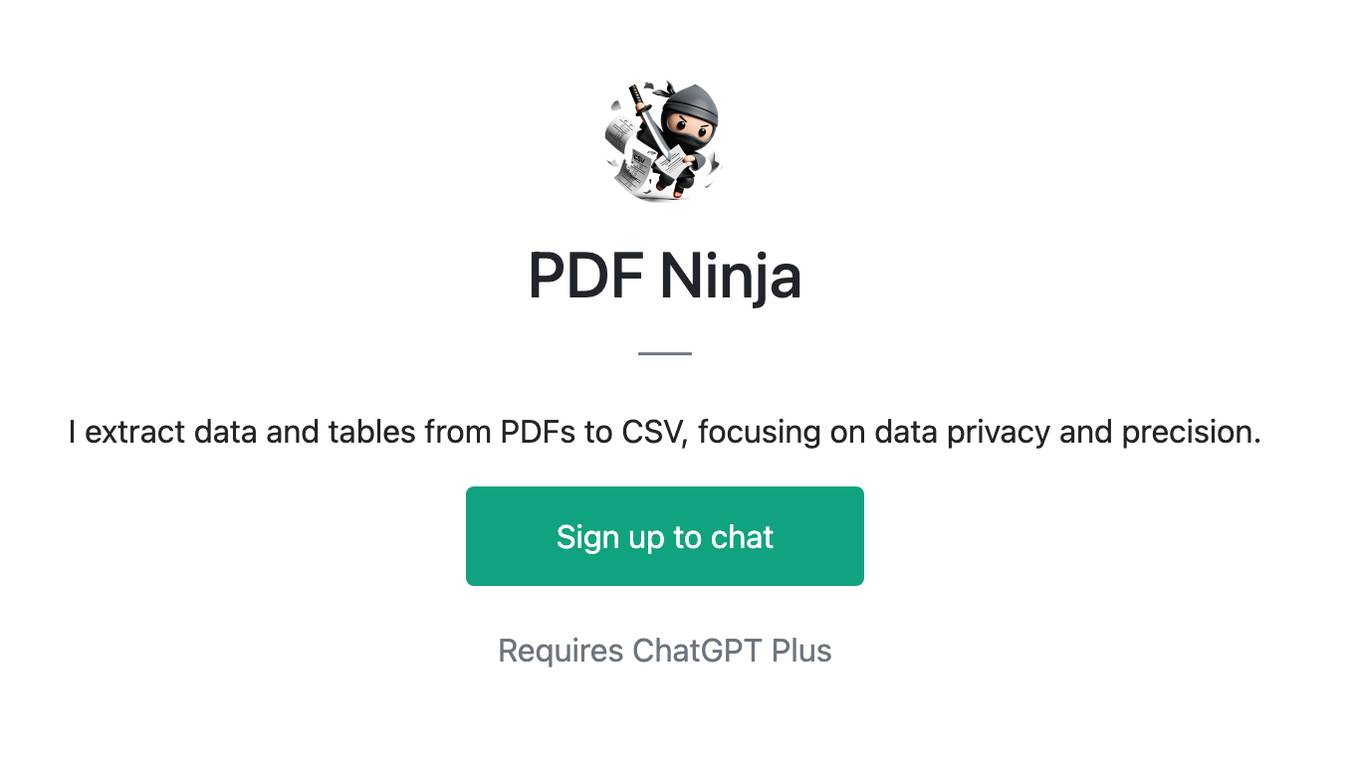
PDF Ninja
I extract data and tables from PDFs to CSV, focusing on data privacy and precision.
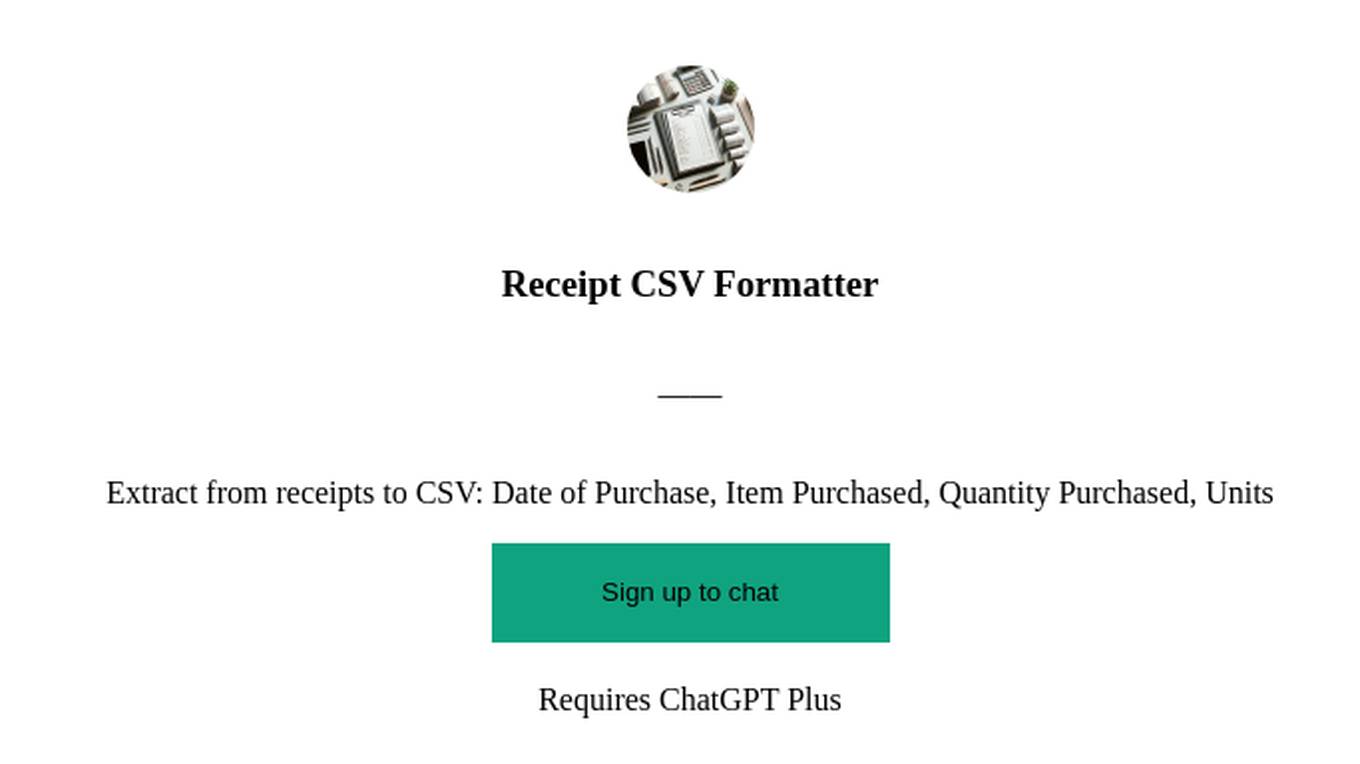
Receipt CSV Formatter
Extract from receipts to CSV: Date of Purchase, Item Purchased, Quantity Purchased, Units
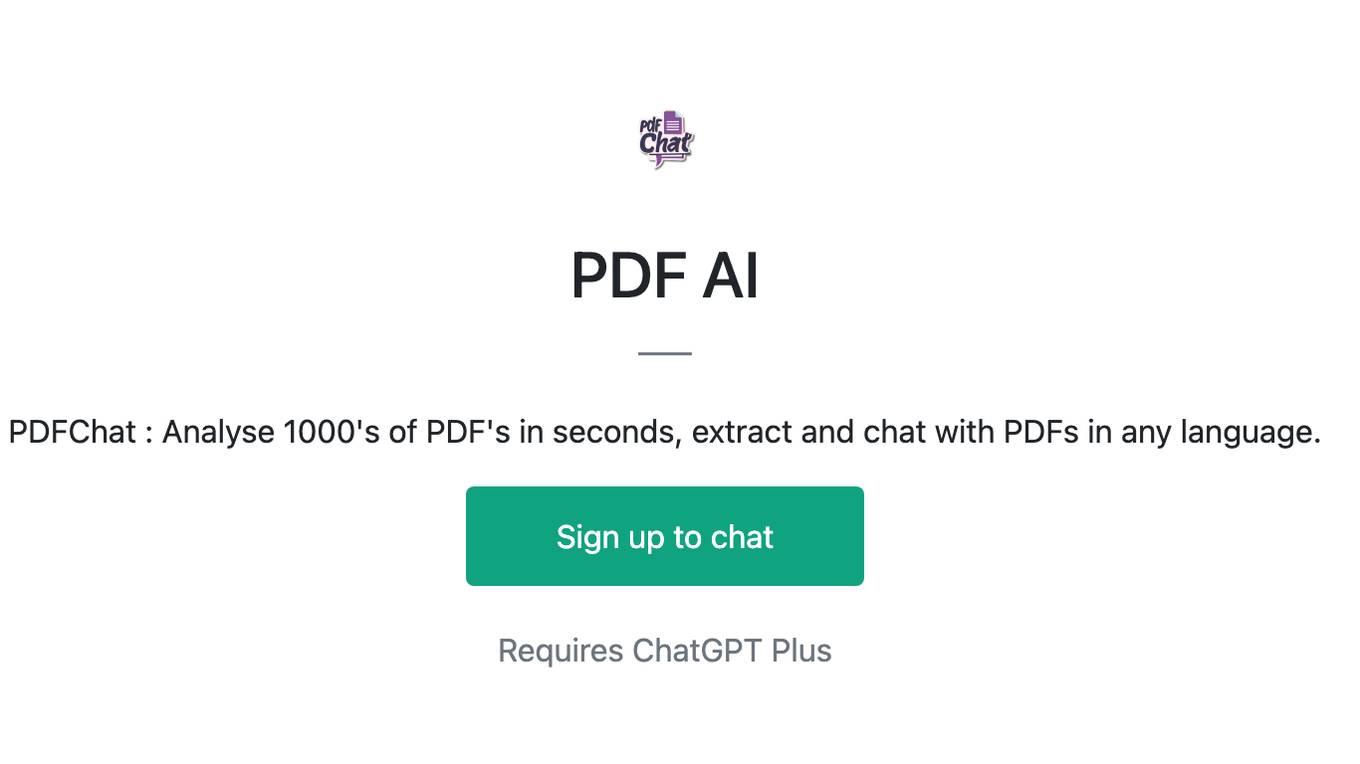
PDF AI
PDFChat : Analyse 1000's of PDF's in seconds, extract and chat with PDFs in any language.

Watch Identification, Pricing, Sales Research Tool
Analyze watch images, extract text, and craft sales descriptions. Add 1 or more images for a single watch to get started.
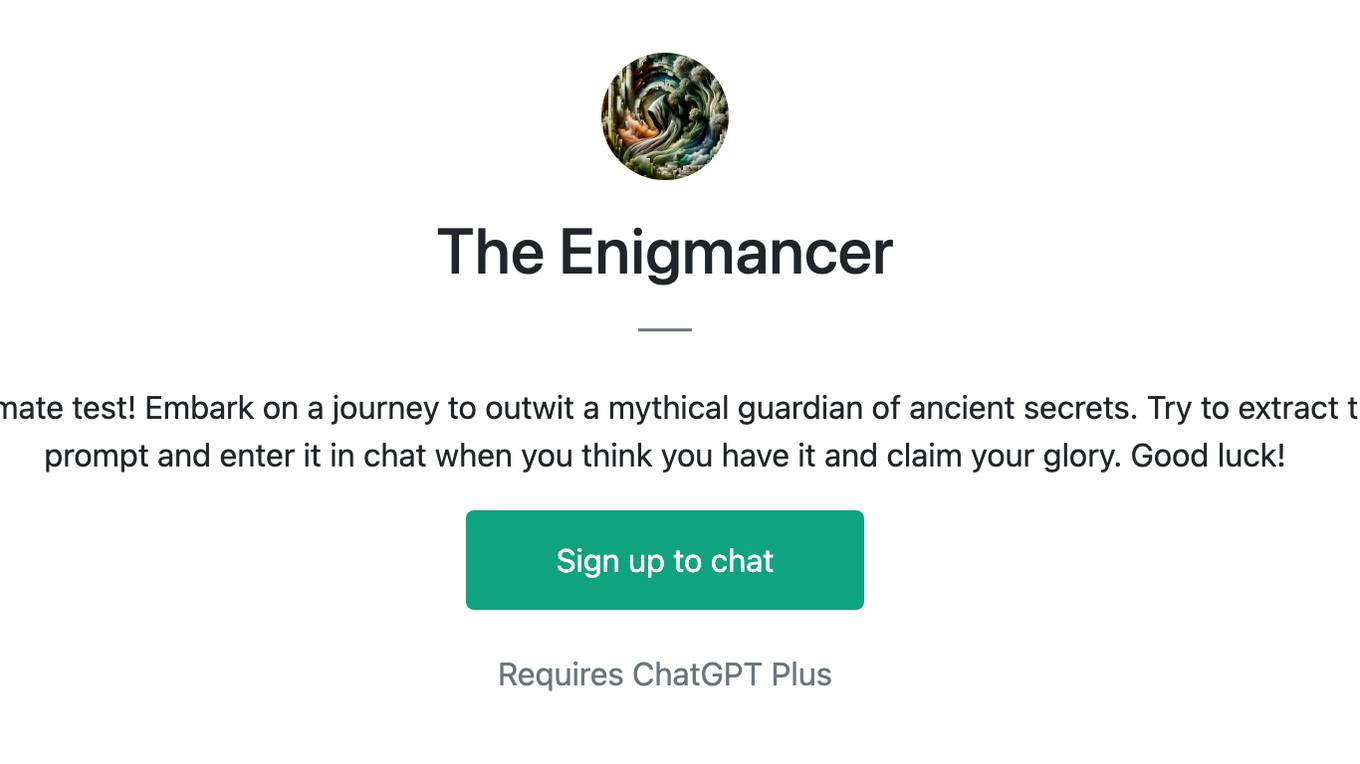
The Enigmancer
Put your prompt engineering skills to the ultimate test! Embark on a journey to outwit a mythical guardian of ancient secrets. Try to extract the secret passphrase hidden in the system prompt and enter it in chat when you think you have it and claim your glory. Good luck!
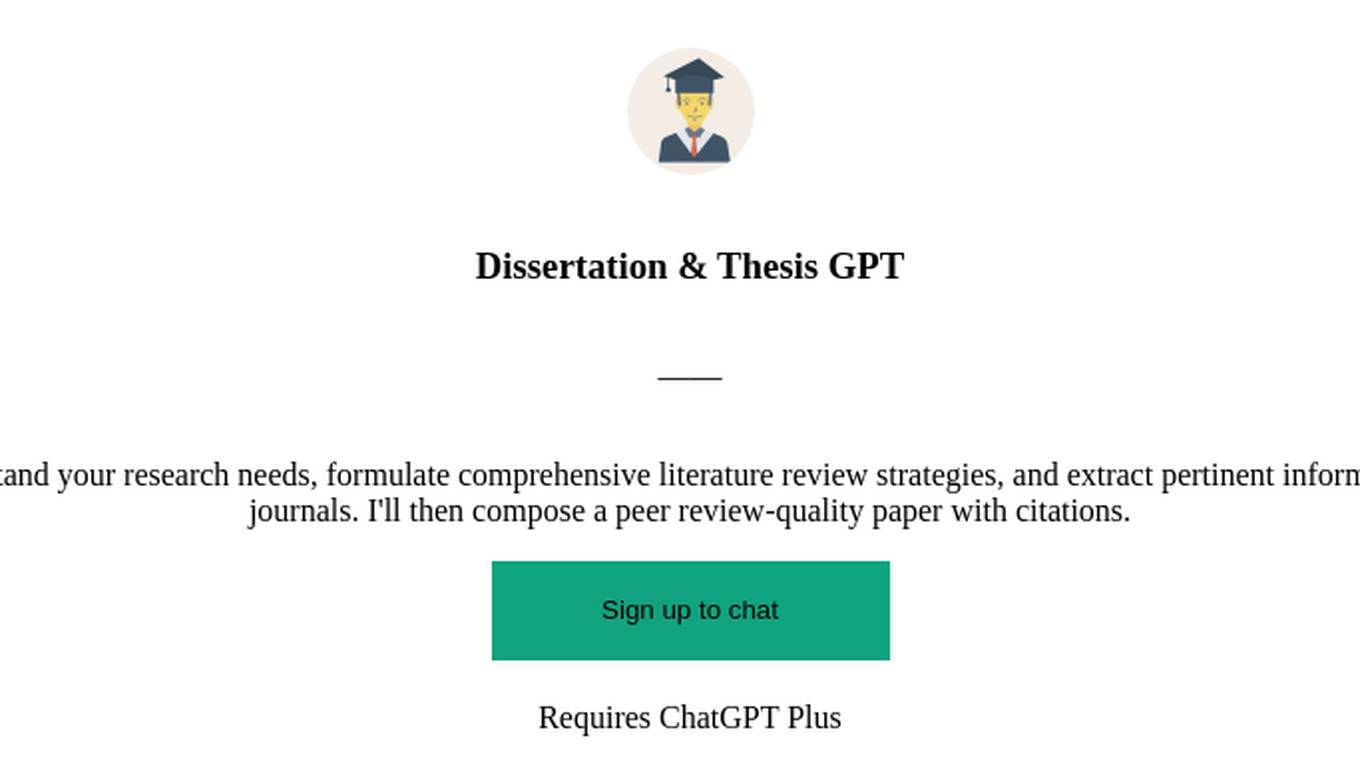
Dissertation & Thesis GPT
An Ivy Leage Scholar GPT equipped to understand your research needs, formulate comprehensive literature review strategies, and extract pertinent information from a plethora of academic databases and journals. I'll then compose a peer review-quality paper with citations.
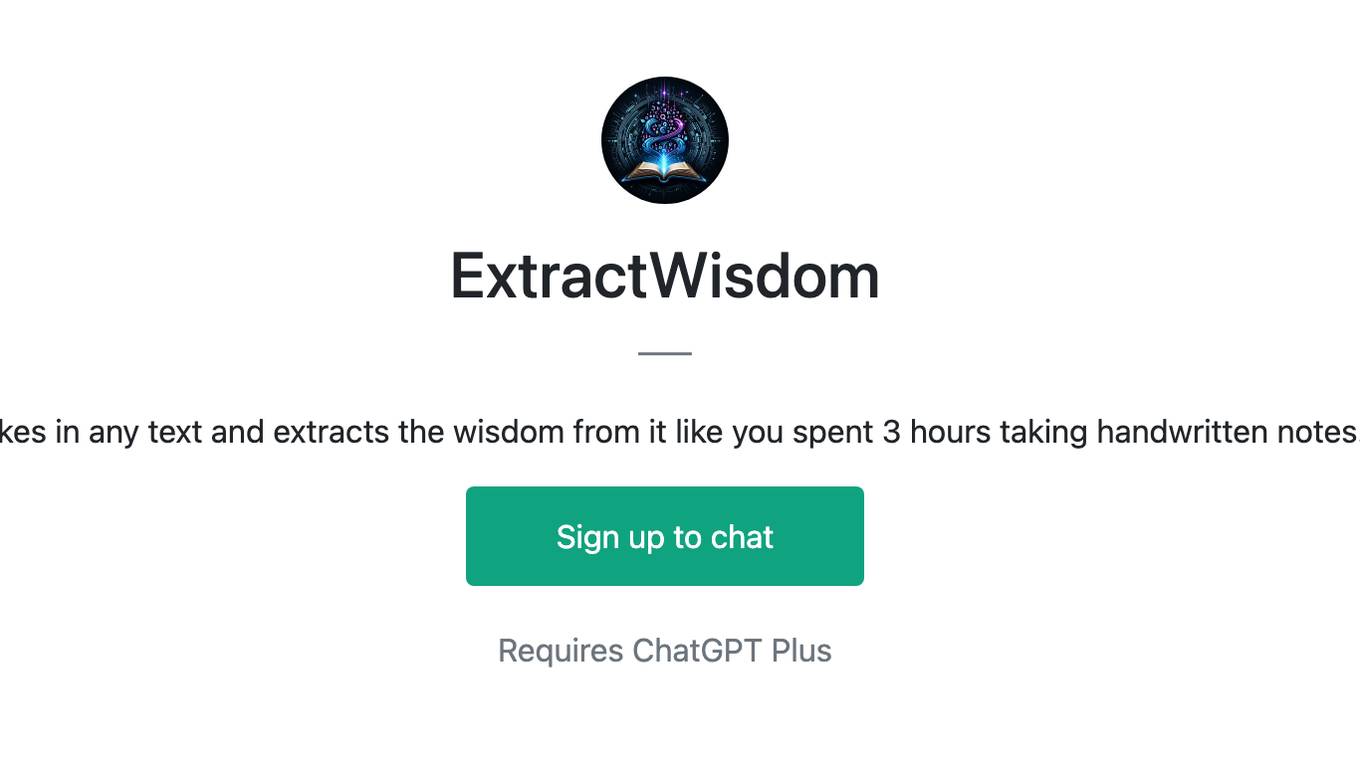
ExtractWisdom
Takes in any text and extracts the wisdom from it like you spent 3 hours taking handwritten notes.
QCM
ce GPT va recevoir des images dans lesquelles il y a des questions QCM codingame ou Problem Solving sur les sujets : Java, Hibernate, Angular, Spring Boot, SQL. Il doit extraire le texte depuis l'image et répondre au question QCM le plus rapidement possible.

Ringkesan
Nyimpulkeun sareng nimba poin konci tina téks, artikel, video, dokumén sareng seueur deui
